For this particular Concours coverage, we asked photographer Jonathan Sharp if he could send two or three photos of our favorites, so we might present a different view of each car. He concurred so here they are, even the D-Jags! Please note that some got more than two chances to be beautiful. And, if you want to see the images in large hi res format, simply click on the photo.- Editor
Story and photos by Jonathan Sharp
For this year’s Concours of Elegance (September 1-3) it was back to Hampton Court Palace located on the side of the river Thames just under 12 miles South West of the center of London. Originally built for Cardinal Wolsey the Arch Bishop of York, with construction commencing in 1514. King Henry the VIII received the Palace from the Cardinal in 1520 but by 1529 the Cardinal had fallen out of favor with the King and was put on trial for treason and praemunire, which is the offence of introducing foreign authority into England. The Cardinal died in 1530 whilst travelling to trial thus avoiding the ax man. The Royal Palace of Hampton Court is a fantastic and historical place to visit even when the formal gardens are not playing home to over 60 of the world’s greatest and most beautiful cars.
While Salon Prive ticket prices are extremely expensive, Hampton Court was £40 for one adult general admission which for what was on display was great value and I think you could also view the Palace as well.
The Concours of Elegance began at Windsor Castle in 2012, before moving to St James’s Palace in 2013, Hampton Court Palace in 2014 at the Palace of Holyroodhouse in Edinburgh (Her Majesty The Queen’s official residence in Scotland) in 2015 and last year the Concours returned to Windsor Castle.
The Hampton event has now signed an agreement with the Palace and the event will remain at Hampton Court for the next five years. Hampton Court has the luxury of space to display the cars. The Palace gardens cover 60 acres and you can see the natural beauty in the photos below.
Alfa Romeo 6C 1750 GTC
Christopher Mann’s 1931 Alfa Romeo 6C 1750 GTC Touring Coupe Royal. Stately but sporty with a top speed of around 90 mph courtesy of her 90 bhp supercharged engine. Described by her owner as a brilliant all round road car.
Alfa Romeo RLTF
This 1923 Alfa Romeo RL Targa Florio was discovered in the 1970s as a run-down chassis with body and mechanical parts by Christopher Mann. Mike Haffenden the current owner commissioned Neil Twyman to restore the car in the style of the Targa Florio and finished in 2007 just in time for that year’s Goodwood Festival speed.
Alfa Romeo Testa Fissa
This 1930 Alfa Romeo 6C 1750 Gran Sport Testa Fissa was purchased new as a bare chassis by Sir Ronald Stewart who asked Captain George Eyston to design a racing body. The resultant streamlined body was built by London coachbuilder AE Leadbetter. Extensively raced at Brooklands by Stewart and Eyston, who in October 1930 set a new 12 hour record at the Surrey bowl of 94 mph with a best lap of 115 mph. The car disappeared shortly after, discovered by Vic Derrington in 1947, by which time the car was carrying a four-seater body. Ian Green purchased the car in 1949 and moved it to Canada where the body was discarded with the intention of recreating the original design which alas did not come to fruition. Keith Duly and Susan Castle, the current owners, purchased the car in 2007 and had Gary Pitney of Bracknell recreated the original body. You may recall that we featured this car at the recent reopening of the finishing straight at Brooklands.
Alfa Romeo 6C 2500 SS ex-Trossi
The chassis of this Alfa Romeo 6C 2500 SS Trossi Touring Coupe was built in 1942 but was not clothed until 1946. Bianchi Anderloni had only recently being appointed as new director of Touring and clothing this chassis was one of his first projects. The cars first owner was gentleman racer and winner of the 1947 Italian Grand Prix and 1948 Swiss Grand Prix Count, Carlo Felice Trossi.
Alfa Romeo 8C Corto Brandone Cabriolet
The history of this 1933 Alfa Romeo 8C Corto Brandone Cabriolet is complicated. Chassis 211018 which is believed to be the winner of 1933 Le Mans 24 hour race in the hands of Raymond Sommer and Luigi Chinetti was sold shortly after victory to Louis Basza de la Cuava who had the Coachbuilder Brandone re cloth the chassis with this Erdmann & Rossi design. Shown at the 1934 Cannes Concours the car then disappeared to be discovered after the end of the war hidden under the banking of the Montlhery race track. The new owner decided to restore the chassis back to its original Le Mans specification so disposed of the Brandone coachwork. Separately Domenico Agusta of the MV family purchased another 8C chassis 2211110 which had a four-seater body by Castagna and was fitted it was a rare 2600cc engine. That car was scrapped following an accident in 1951 but the engine and various other parts were saved. During the 1970s an employee of MV Agusta found the chassis on a scrap heap and in the meantime the Brandone coachwork was discovered at coachbuilders in Normandy. In 1990 the Brandone bodywork was paired with chassis 2211110 and the 2.6 Liter engine which is what you see before you.
Alfa Romeo 6C2500 Garavini Cabriolet
Dr Peter Heydon’s 1943 Alfa Romeo 6C2500 Garavini Cabriolet chassis 913-249 is known to have been one of five 6C 2500 chassis delivered to Garavini in November 1943 following the bombing of the Alfa factory. Probably bodied for the occupying German forces, or the Italian Fascist regime the car was later acquired by a U.S. solider in Germany who it is the believed then lost the car during a poker game whilst travelling from New York to San Francisco. The car then spent time in Pennsylvania, Ohio and New York State. In 2009 Peter Heydon entrusted Frank Mollo in West Palm Beach Florida to carry out a complete restoration as presented here.
Amilcar C6 Voiturette
Michael Gluckman’s 1928 Amilcar C6 Voiturette was imported into the UK by Vernon Balls the racer and Amilcar agent. Vernon quickly sold her to a consortium of Cambridge undergraduates who raced the car at various inter varsity events. In 1931 Maurice Falkner, a member of the Cambridge syndicate, purchased her and subsequently dismantled her before selling her in 1933 to EP Zere who proceeded to meticulously lighten the chassis. In 1949 a group of friends known as the TNC Group (Tozer, Narramore and Clutton) purchased the car and returned her to competition. Tozer fitted a vertical Wade supercharger and won a host of races and sprints between 1954 and 1962. Michael Gluckman purchased the car in 2010 and had her carefully restored and fitted with a period correct Amilcar supercharger. She still retains the chassis lightening holes and her competition career still continues.
Aston Martin DB4GT Zagato
Laurie O’Neill placed his order for an Aston Martin DB4GT Zagato to race during the 1962 Australian racing season. Chassis DB4GT/10186R was the 14th of 19 built and proved to be competitive straight out of the box winning the first three races that Laurie entered. Laurie then sold the car before the start of the 1963 season and the car spent the next 30 years in Australia. By 1993 the Zagato was in the UK and her racing career resumed racing in events such as the Goodwood Revival. In 2000 her then new owner Peter Read commissioned a full restoration with Aston specialist RS Williams refreshing the mechanics and the Zagato factory the bodywork. The work took two years to complete and since then the car has won prizes in many of the top concours events. She is now owned by David MacNeil.
Bentley-Cresta
The organizers of the 1946 Paris Salon had decreed that no stand space would be made available to former enemy countries. To get around this problem Pinin Farina simply parked two of his creations outside the main entrance. Shortly after the salon Frenchman Jean Daninos, commissioned Pinin Farina to design a two door fast back body for the staid Bentley MKVI chassis. For the 1948 Paris Salon Pinin Farina were allowed to display the car as it was considered to be sufficiently French. The fastback was codenamed Cresta,one example was built at the Pinin Farina works and 17 examples were built by Facel Metallon. This example is the first Facel Metallon built.
Bugatti T51
Rod Spollon’s 1933 Bugatti T51 was once owned by one of the Bugatti world’s leading lights, Fitzroy John Somerset the 5th Baron Raglan. Lord Raglan purchased the car in 1979 and then spent the next two and a half years restoring the car himself. He then spent the next twenty plus years racing her in fact he was still hillclimbing the car until two years before his death aged 82 in 2010.
Bugatti T54
Johan van Puyvelde’s 1931 4.9 Liter Bugatti T54 is chassis 54201 which in the hands of Achille Varzi won the Monza GP on the 5th September 1931. Three months after the victory Prince George Christian Lobkowicz agreed to purchase the car and in May of 1932 entered the car in Berlin Avus Rennen were tragically he was to crash fatally. The car was not however severely damaged and was bought and repaired by the Princess friend Zedenek Pohl. Pohl hillclimbed the car before having it rebodied as a two-seater. In 1970 Peter Hampton purchased the car and had it rebodied again in the style of a racer. In 2005 the car was rebodied yet again to the original style to compliment the still original mechanicals.
Bugatti T55
This wonderfully original 1932 Bugatti T55 was delivered to Dr Jacques Kocher of Valence near Lyon. Dr Kocher then commissioned Billeter and Cartier to construct a cabriolet two-seater body. The Doctor used the car for the next three years were upon it passed through the hands of several French owners. Bought in 1939 by Paul Lefevre who during the war was so concerned about the car that he dismantled it and hide it for the duration. In 1949 Ghislain Genembre purchased the car which he retained for nearly two decades. In 1970 Yvres Garnier purchased the car and painstakingly rebuilt the car over the following decade. Peter Agg purchased the car in 1989 and shipped it to the USA. In 2010 the car returned to Europe where its new owner Hans Ruedi Schmid had the car fully restored. Bill Pope the current owner has displayed the car at many of the top concours events.
Bugatti T57C Atalanta
This 1936 Bugatti T57C Atalanta Rollback coupe was one of only two (from a total production of 34) originally sold in the USA. Purchased new by Mr George Rand, the second owner was Dr Sam Scher, the President of the SCCA New York region who used the car for his daily 30-mile commute. Purchased by another physician in 1949 Dr Ivan Hartwell of Sandwich Massachusetts upgraded the 3.3 Liter engine to the supercharged 57C type and used the car to make house calls. 1969 finds the car in Rome Italy in the care of Vittorio Serventi who kept the car for 20 years. The next custodian Alfredo Celli entered the car in several high profile concours events and drove the car on the 2001 Mille Miglia. In 2010 a British Bugatti specialist was commissioned to refresh the mechanicals which also included fitting a lighter clutch and a discreetly fitted overdrive. The car is now owned by a private collector.
Bugatti Type 57 Gangloff Stelvio
Once owned by Lance Reventlow (during the 1950s) this 1934 Bugatti Type 57 Gangloff Stelvio started life as saloon when its first owner Maurice Desmuront purchased her. He only kept her for a few months. Her second owner kept her a bit longer before trading her for a Type 55. Now in the hands of Bugatti’s Paris agent the chassis was rebodied before a new buyer could be found. The work was believed to have been completed by Gangloff but as a one off with an ultra low windscreen and a profile that allowed the folding hood to be concealed more elegantly.
Chitty Chitty Bang Bang
Can you believe that 2018 will be the 50th anniversary of the film Chitty Chitty Bang Bang? I remember seeing the film at the cinema especially the part were Chitty drives of a cliff heading towards the sea were upon the film went into an intermission ! This is Lord Bamford’s Chitty No 4 which was one of the two cars used in the opening shots of Chitty racing. Later the body was removed and mounted on a trailer and used for the in-car driving shots.
Delage 15-8
So great was The Albert Lory designed 1927 World Championship winning Delage 15-8 that in 1936 Prince Chula Chakrabongse of Siam acquired all the remaining chassis for his cousin Prince Bira and asked Delage two build chassis number five and six. Chassis number 6 was not however built into a complete car until it was purchased by Reg Parnell in 1946. By 1949 the car was in the hands of Rob Walker who had wanted to race it but managed to wreck every straight eight Delage engine left by fitting a totally unsuited Wade supercharger to them. Following this disaster chassis six was fitted with a four cylinder ERA E Type engine with a two stage supercharger which Walker campaigned successfully for three years before selling the chassis in 1954. Several owners followed until Peter and Merle Mullin purchased her in 2006.
Ferrari 250 GT SWB Berlinetta Competizion
Carrying the colours she wore at her first race, the 1960 Le Mans 24 hour race, this Ferrari 250 GT SWB Berlinetta Competizione chassis 2009 GT was campaigned by British racing driver Graham Whitehead during the 1960 and 61 season. Forced to retire from Le Mans after 258 laps, she went on to take first in class at the Tourist Trophy at Goodwood and then third place at the Angola Grand Prix. Raced at Rouen and Spa in 1961, Graham then part exchanged her in 1962 for a 250 GTO from Ronnie Hoare’s Maranello Concessionaires. The current owner William Loughran acquired the car in 2010 and sent her back to the factory for restoration.
Ferrari 250 LWB Tdf
This 1957 Ferrari must have been a late replacement. The placard by the car says it is car 26 and 1957 Ferrari 250 LWB Tdf a private collector but the catalog lists car 26 as a Lamborghini 400GT.
Ferrari 340 MM
Michael and Katharina Leventhal’s 1953 Ferrari 340 MM Le Mans Competition Spider is one of only four Vignale bodied 340 MM Spiders. Originally owned by American Bill Spear who had intended to run the car at that years Le Mans 24 hour race but the car was not ready. He then turned his attention to the 12 hours of Reims but whilst travelling to Maranello with Phil Hill to collect the car he crashed his Bentley gashing his leg thus ruling himself out of the race. Hill shared the car in the race with Luigi Chinetti. Phil lead the pack late in the race but had to retire when his brakes faded. After finishing fourth at Silverstone a few days later Bill shipped the car to the USA and continued to race successfully until the middle of 1954 before selling it to Edmund P Lunken. Edmund also did well with the car but only kept it until the middle of 1955. The next owner, Dr Walter K Hermann kept the car for 14 years changing the color to light blue. Frenchman Andre Binda purchased the car during the 1970s who then restored the car back to her original colors and entered her into the Mille Miglia three times. The current owner purchased the car in 2002.
Fiat 1100 Frua Spider
One of the more diminutive vehicles at the concours but totally unique was David Ward’s 1946 Fiat 1100 Frua Spider, the first car to be clothed by the then newly established Carrozzeria Frua. In May of 1947 the Frua was shown at the Ville D Este Concours by Alvise De Pasquale, a Fiat dealer, where it won a second prize of merit. Following several more changes of ownership the Frua was purchased by a Mr Monti in 1950 who kept the Frua until 1983. The current owner purchased the car in 2015 by which time it was painted red. After tackling the 2016 Mille Miglia he had Carrozzeria Gatti Luciano of Bergamo restore the car back to original specification and color.
Jaguar D-Types
2017 is turning out to be the Ecurie Ecosse celebration year. In 1957 the Jaguar D Type ruled supreme at the Le Mans 24 hour race taking first, second,third,fourth and sixth, the Ferrari 315S of Stuart Lewis Evans and Martino Severi being the only fly in the Jaguar soup taking fifth place. To celebrate the event organizers lined up five D Types for display in front of the palace. The first and second place finishers of Ecurie Ecosse XKD601 and XKD603 and the third place finisher XKD513. Unfortunately the fourth and six place finishers the Equipe Nationale Belge machine of Paul Frere and Freddy Rouselle and the Hamilton/Gregory car were unable to attend so the trio were joined by the third Ecosse car XKD504 and Jaguars own long nose car XKD605. In addition Clive Beecham, the owner of Ecosse car XKD603, arranged for Ron Gaulden who had been Hawthorn’s mechanic in 1955 and Flockhart’s mechanic in 1956 and 57 to be flown from Australia courtesy of British Airways to be reunited with the cars.
Lancia Astura Aerodinamica Castagna Coupe
The winner of the Pullman Trophy best in show, as voted for by the owners of the cars entered, was Ton and Maya Meijer’s sublime 1933/35 Lancia Astura Aerodinamica Castagna Coupe. The Castagna coachwork was originally shown at the 1934 Milan Motor show when it was attached to an Alfa Romeo 8C 2300 Lungo. In 1935, on the instruction of Vittorio and Bruno Mussolini, the sons of the Italian dictator, the coachwork was transferred to the shortened chassis of a V8 engined Lancia Astura Series 2. The brothers then briefly raced the car under the banner of Scuderia Parioli, a race team for the off spring of wealthy parents. The car ran in the 24 hours of Pescara in 1935 but retired with fuel problems. In the same year the car took 7th place at the concours at Ville d’Este. Whilst in Britain during the 1950s the car was repaired using the grill of a Morris Eight. By 1982 the car had made its way to the Rosso Bianco collection. Her current custodians had her restored by Paul Grist with the Astura going on to win the 2016 Coppa d’Oro at Ville d’Este.
Osca MT4 Vignale Coupe
Phillip White’s 1952 Michelotti designed Osca MT4 Vignale Coupe was commissioned as a one off by Turin chemist Mario Damonte to contest that years Le Mans 24 hour race. Mario partnered by Fernand Lacour retired at the 19th hour. Mario and the Osca, joined by Pierre Louis Dreyfus, returned in 1953 scoring a second place in the 1100cc class. Luisa Zamberini a fellow Turin resident purchased the car in 1954 and in 1956 the car went into a private collection until moving to Japan in 1997. Phillip acquired the car in 2015 and showed it at the 2016 Concours on the Avenue in California.
Siata 208S Motto Spider
When Marc Behaegel discovered this 1954 Siata 208S Motto Spider he discovered that her original Fiat 8V engine had not been replaced and that the matching number gearbox was the desirable 5 speeder, a comprehensive restoration followed. It is said that the first owner was the Parisian playboy Jean Terrail who raced the car throughout the 1950s. The Siata also made an appearance at the 1956 concours of elegance at Enghien Les Bains. The second owner only raced her once in 1964 damaging both ends of the car after which the car was taken of the road.

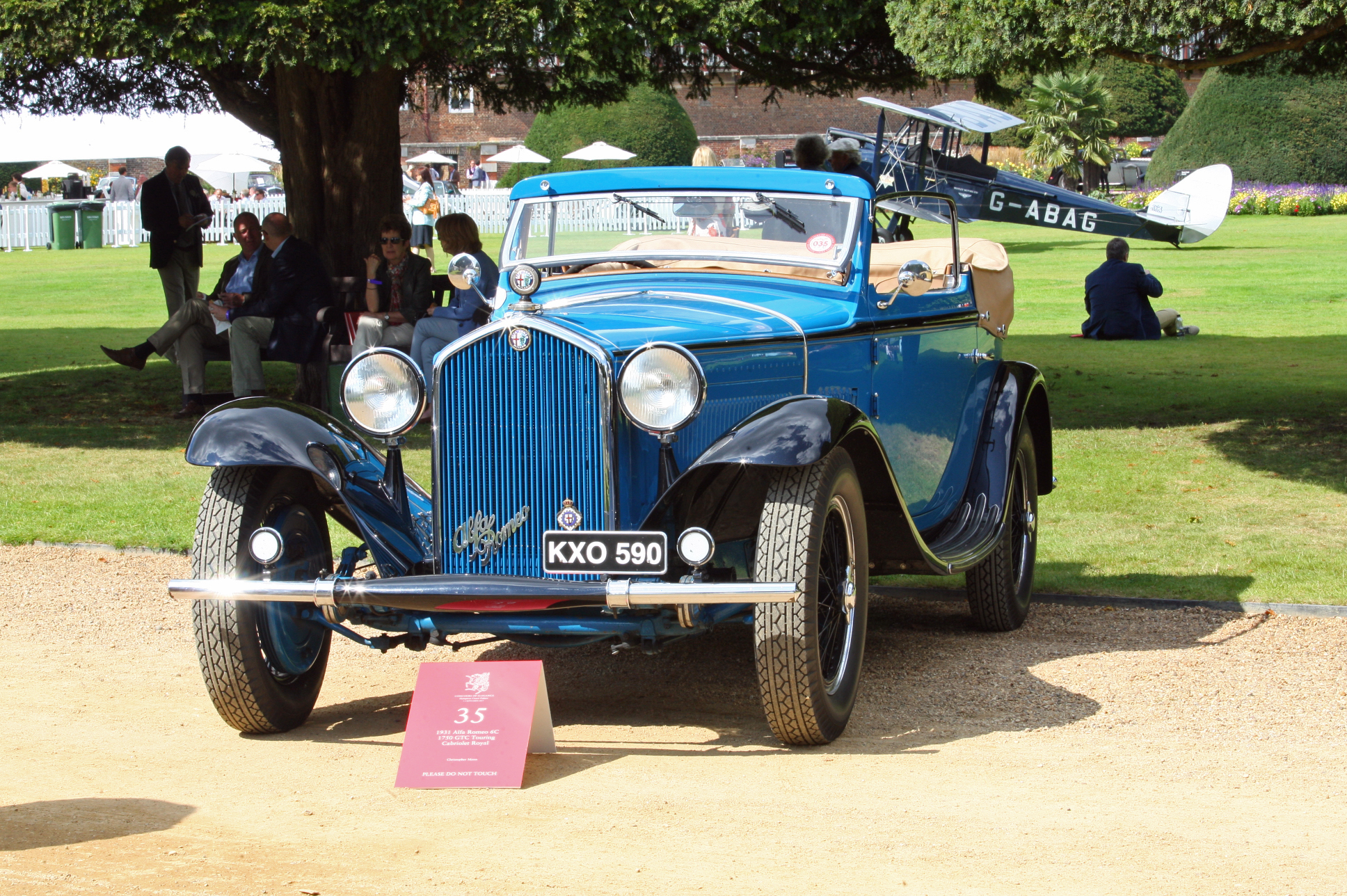
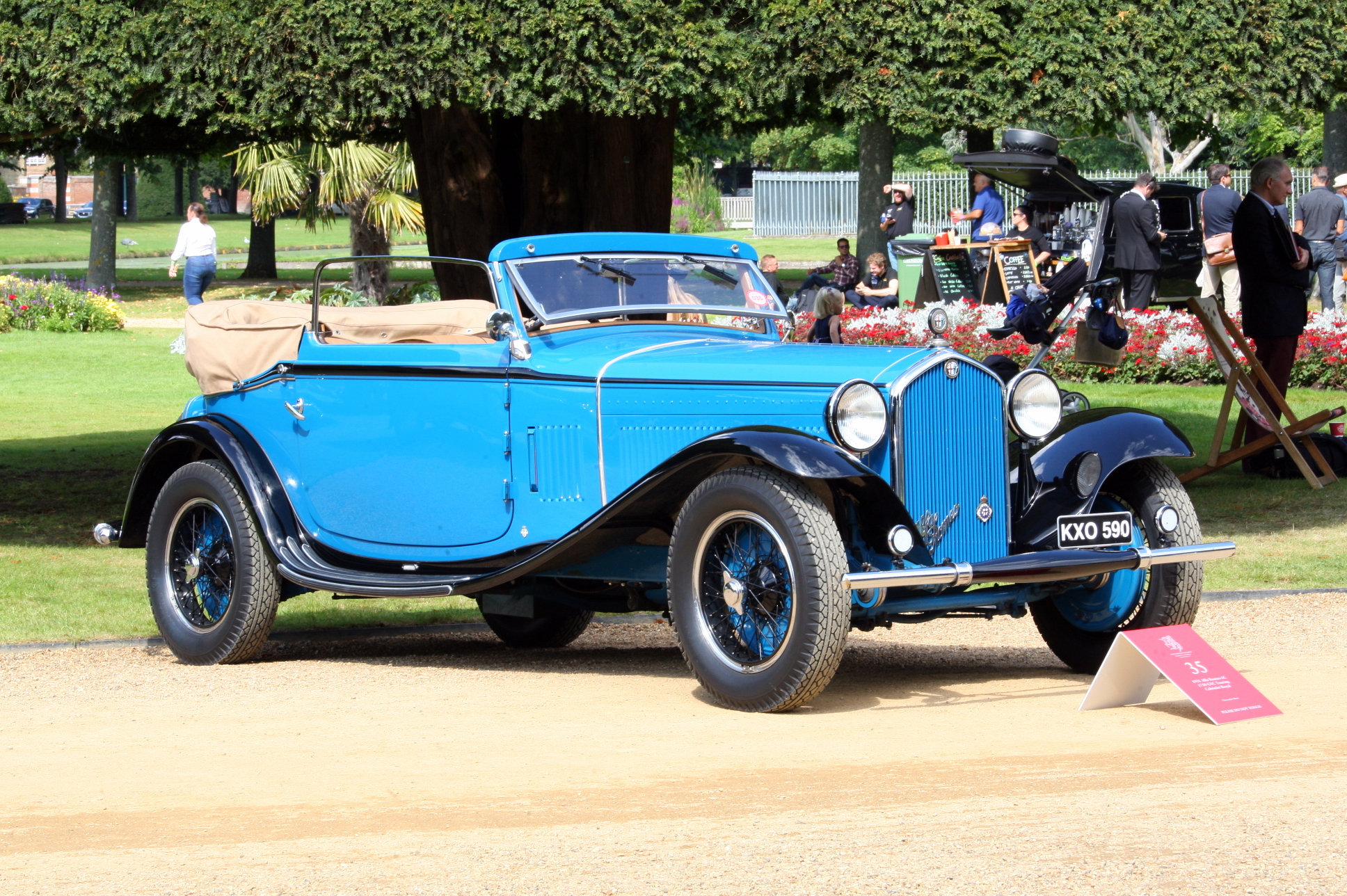
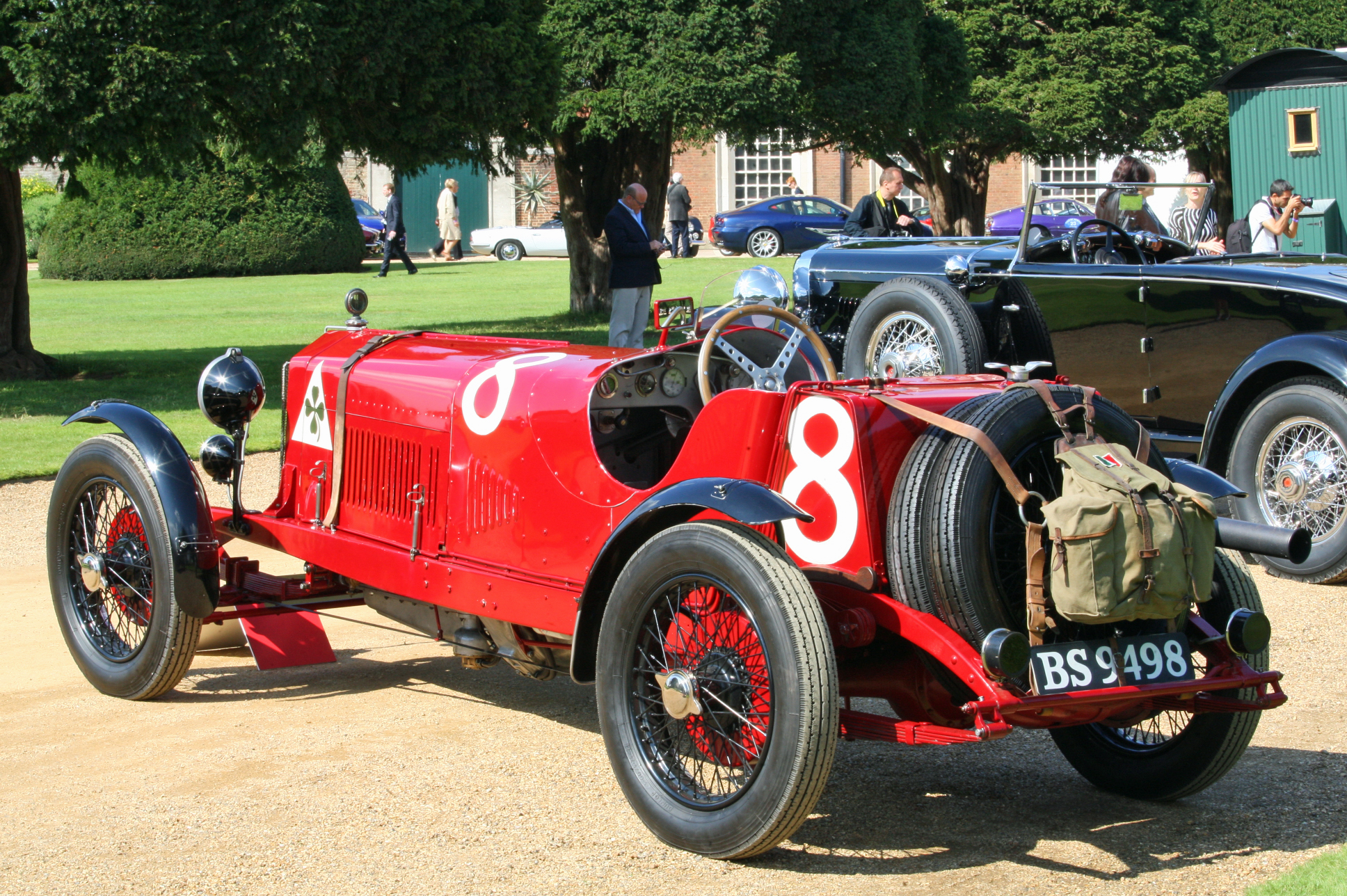
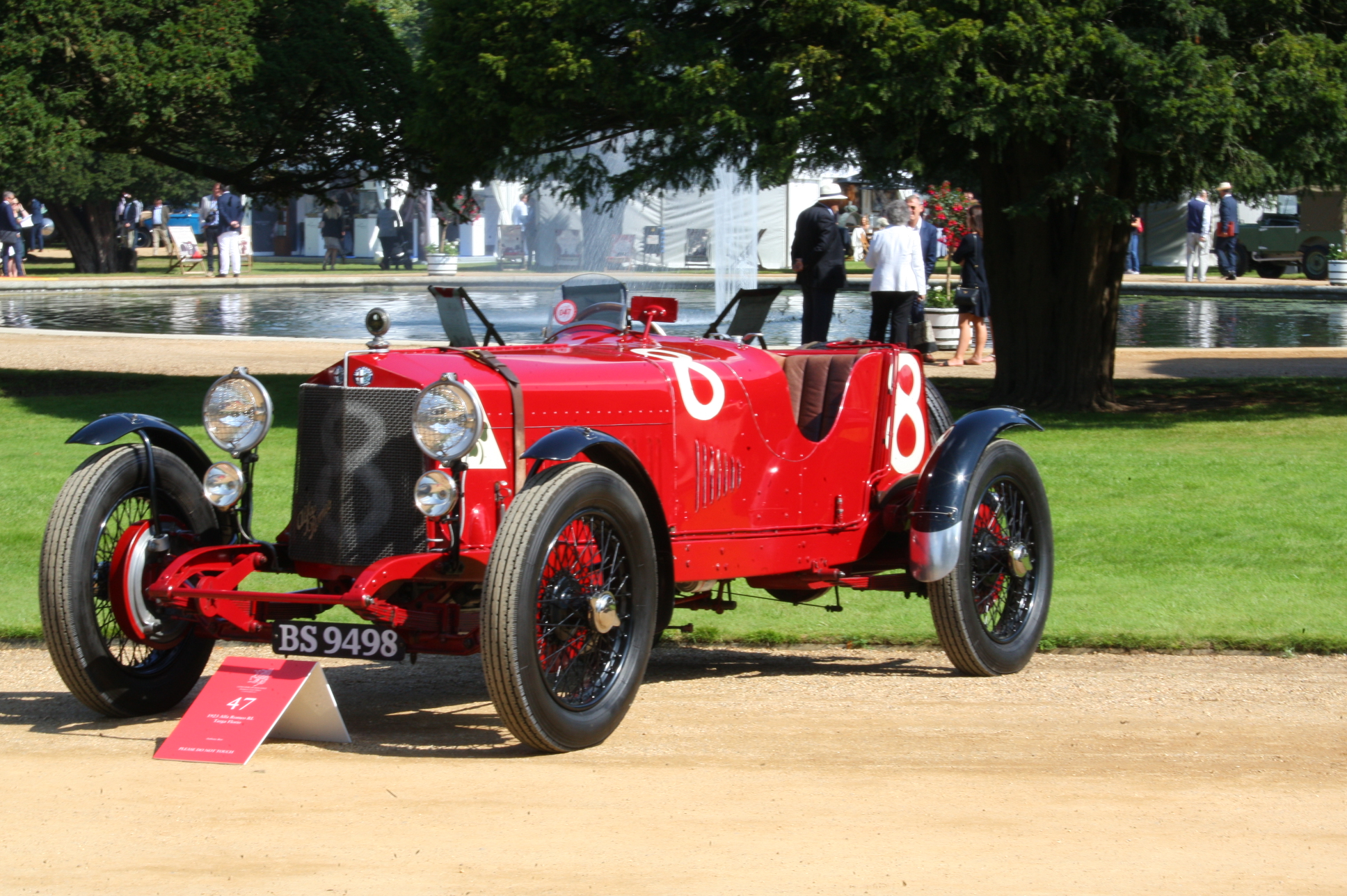
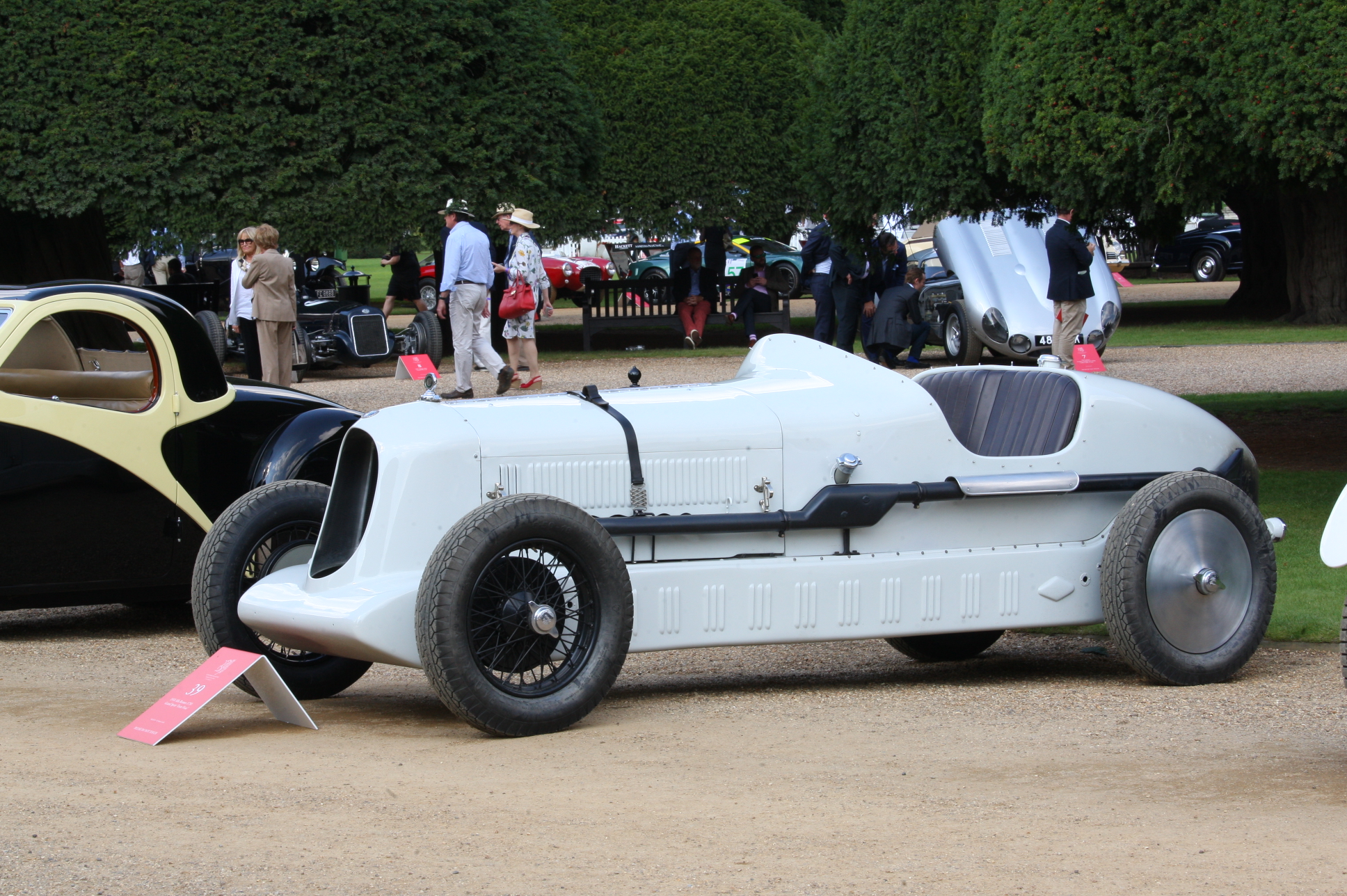
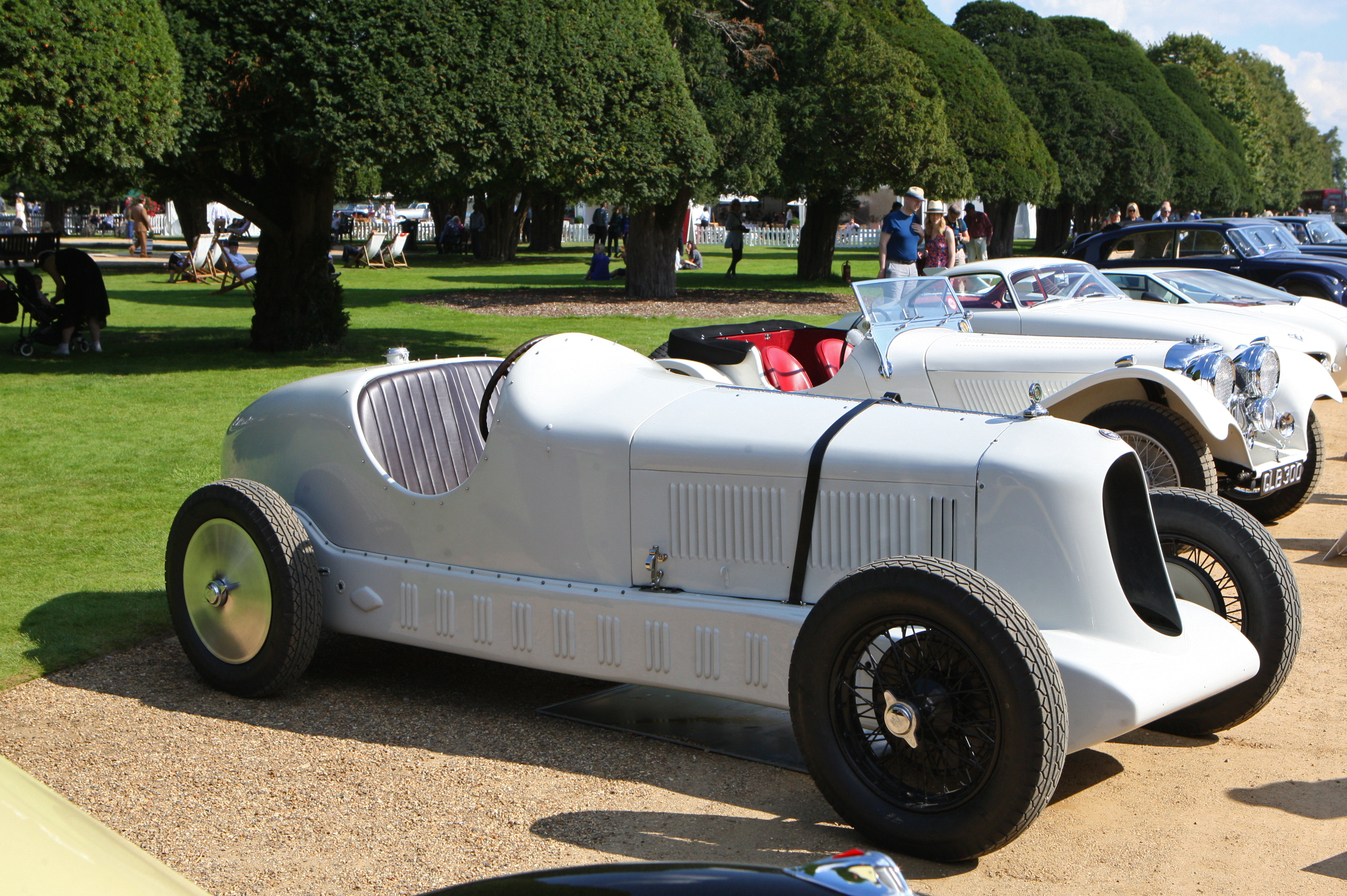
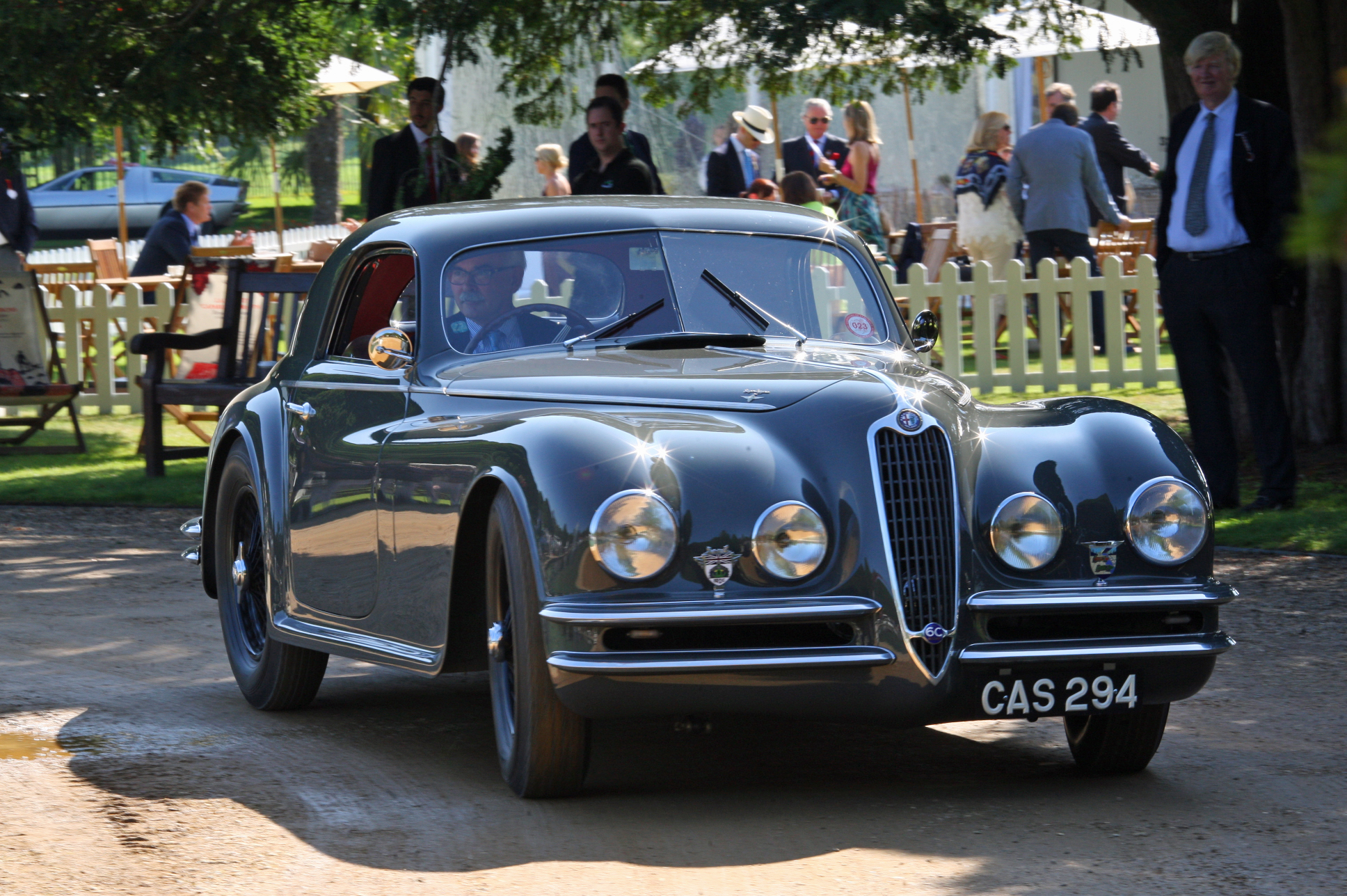
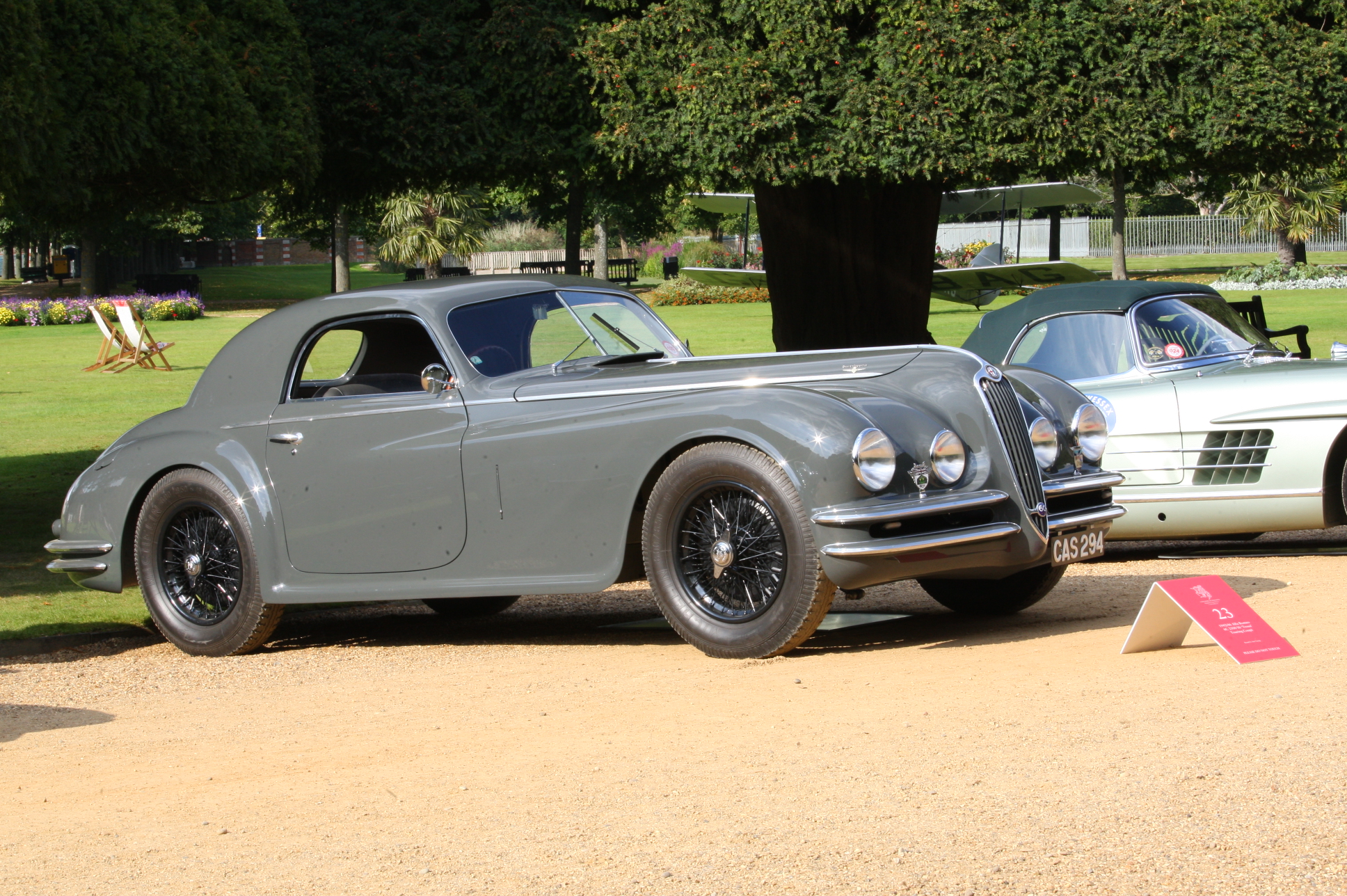
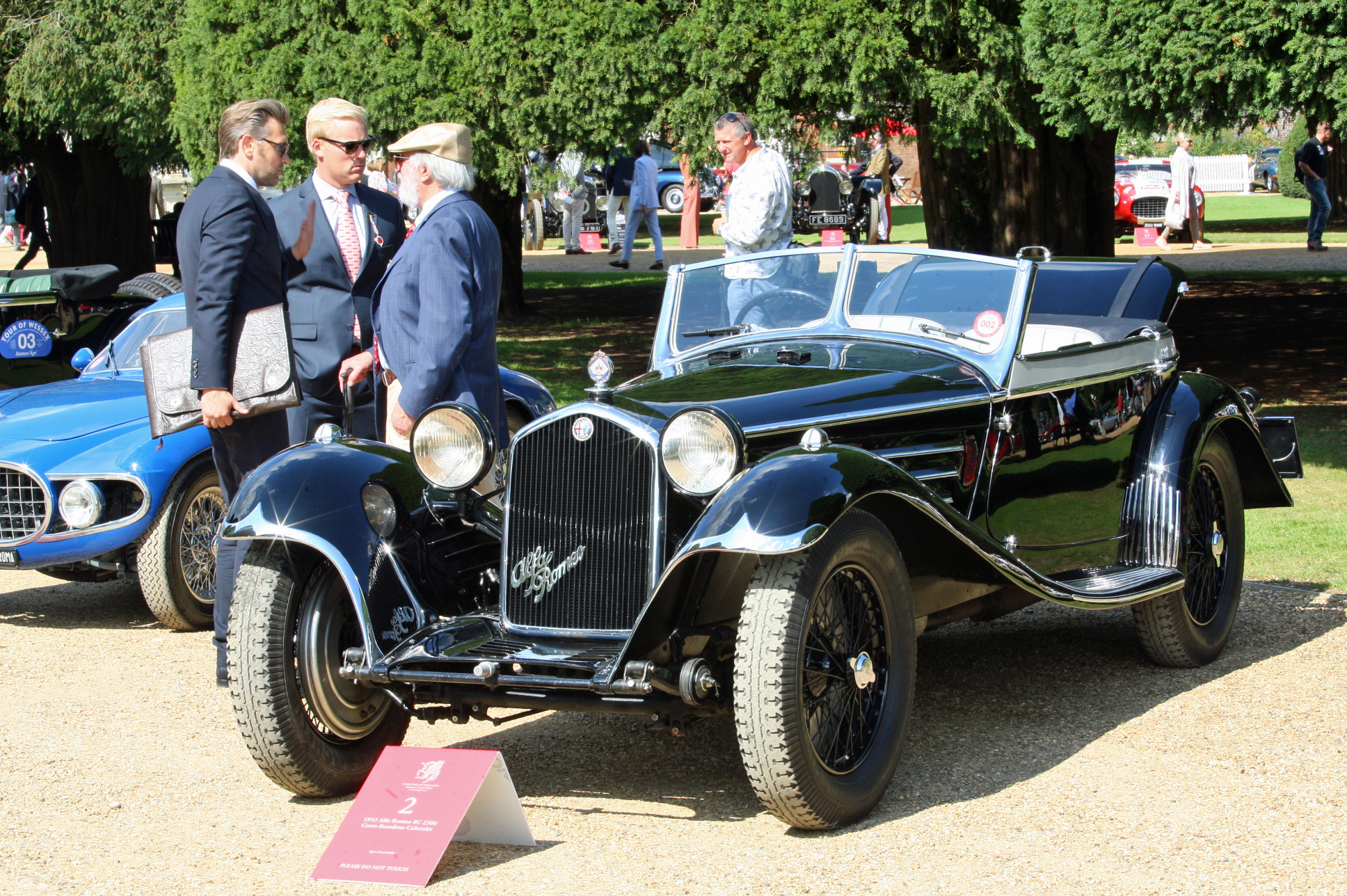
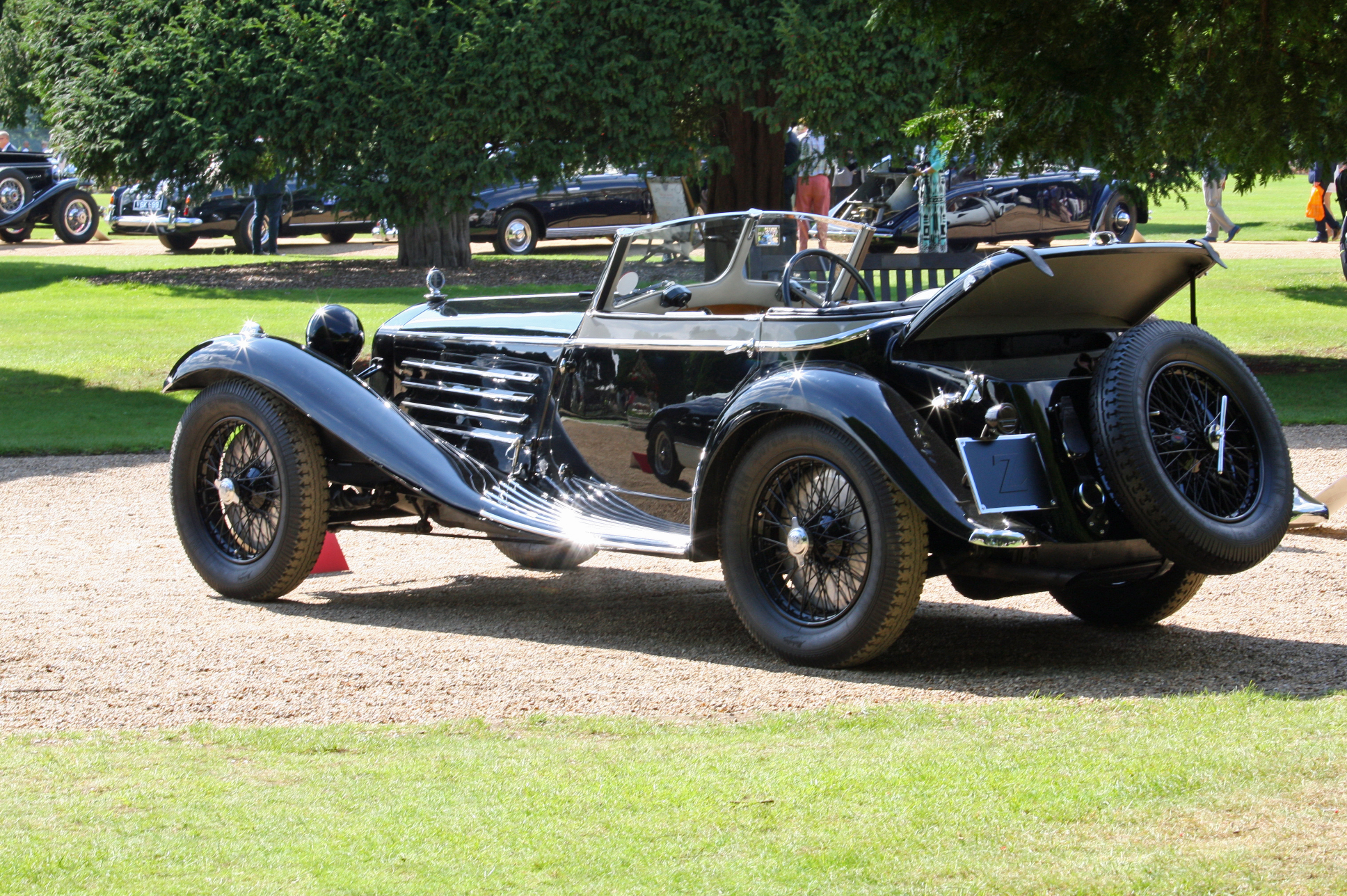
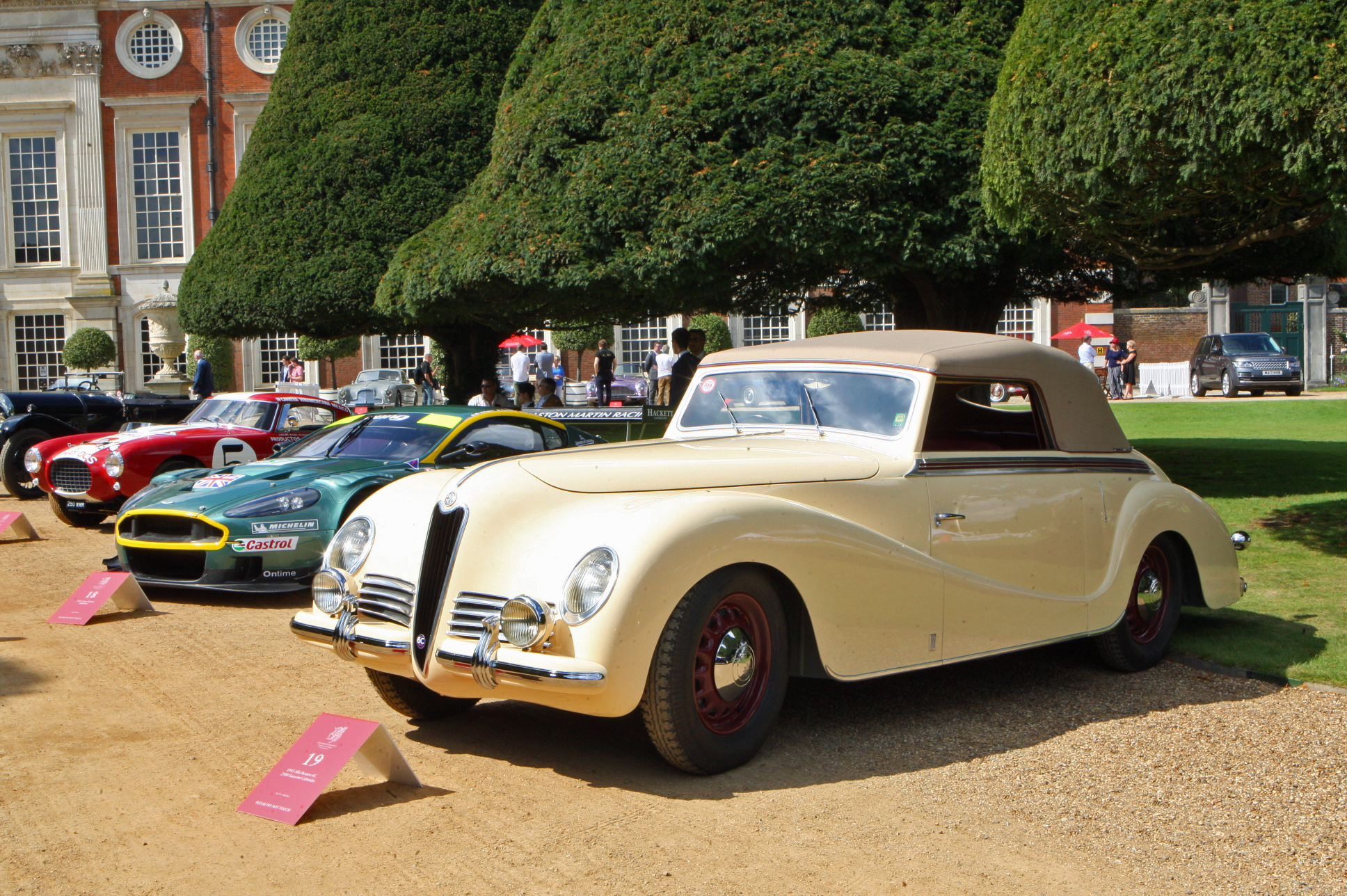
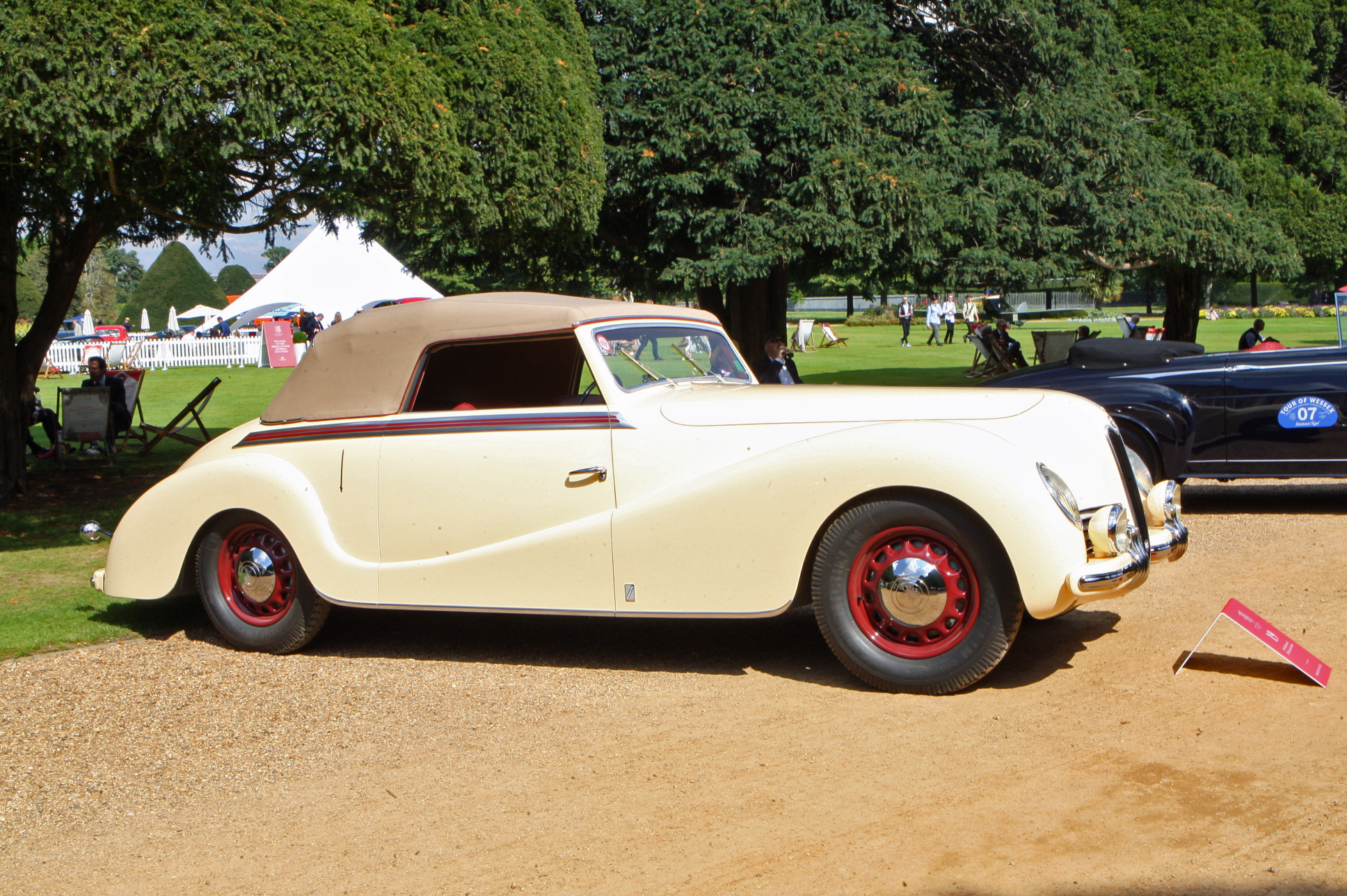
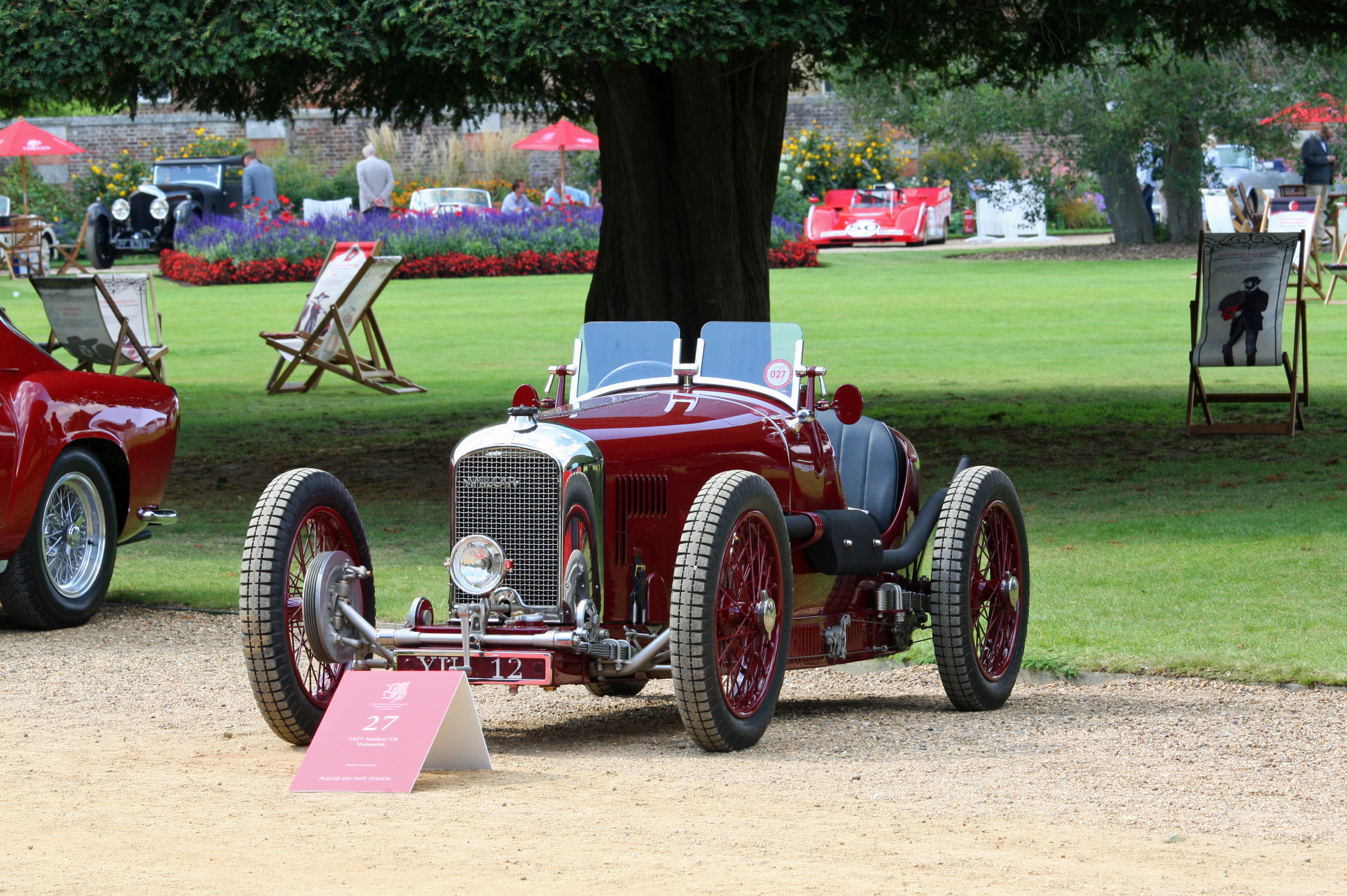
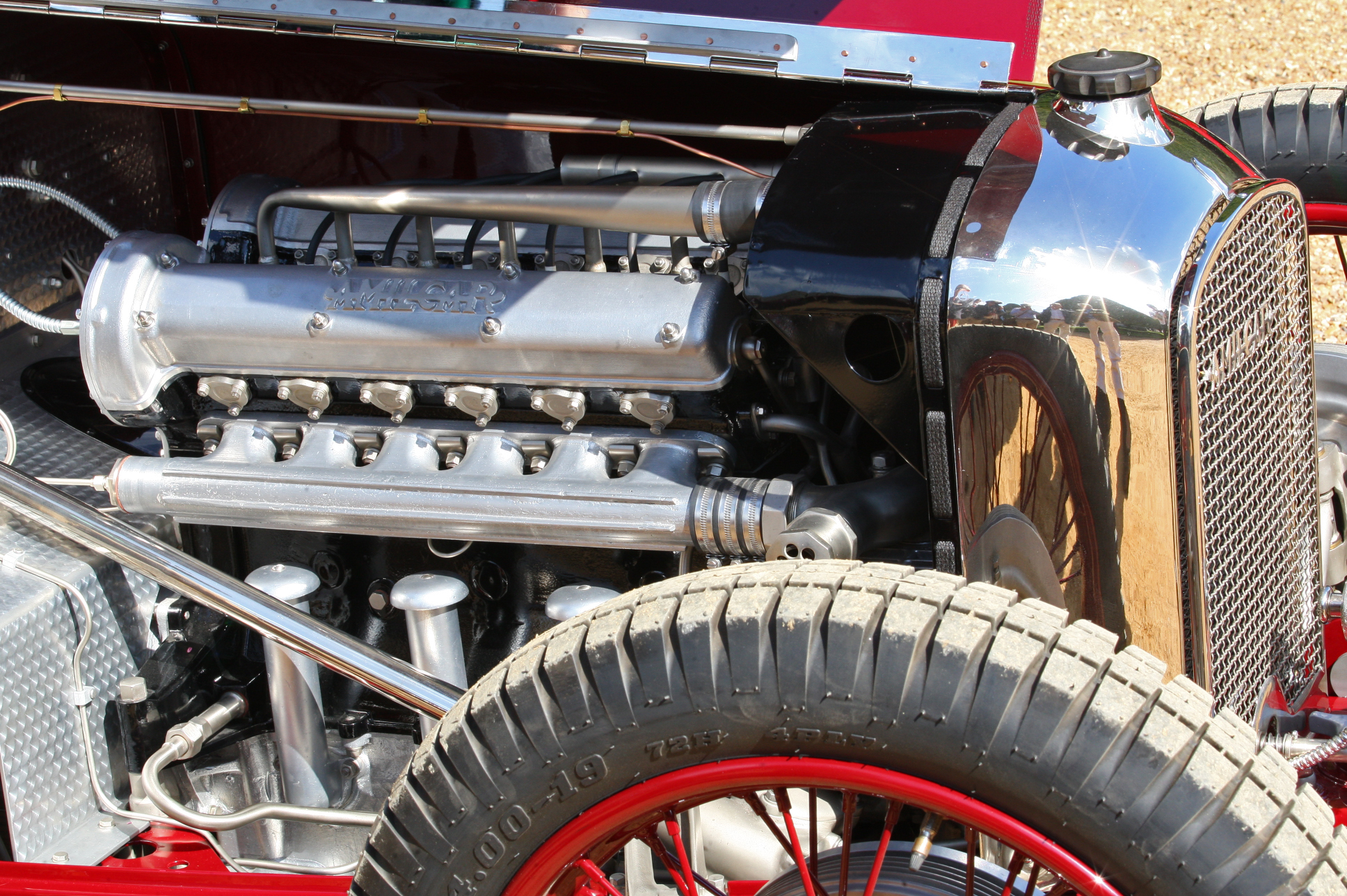
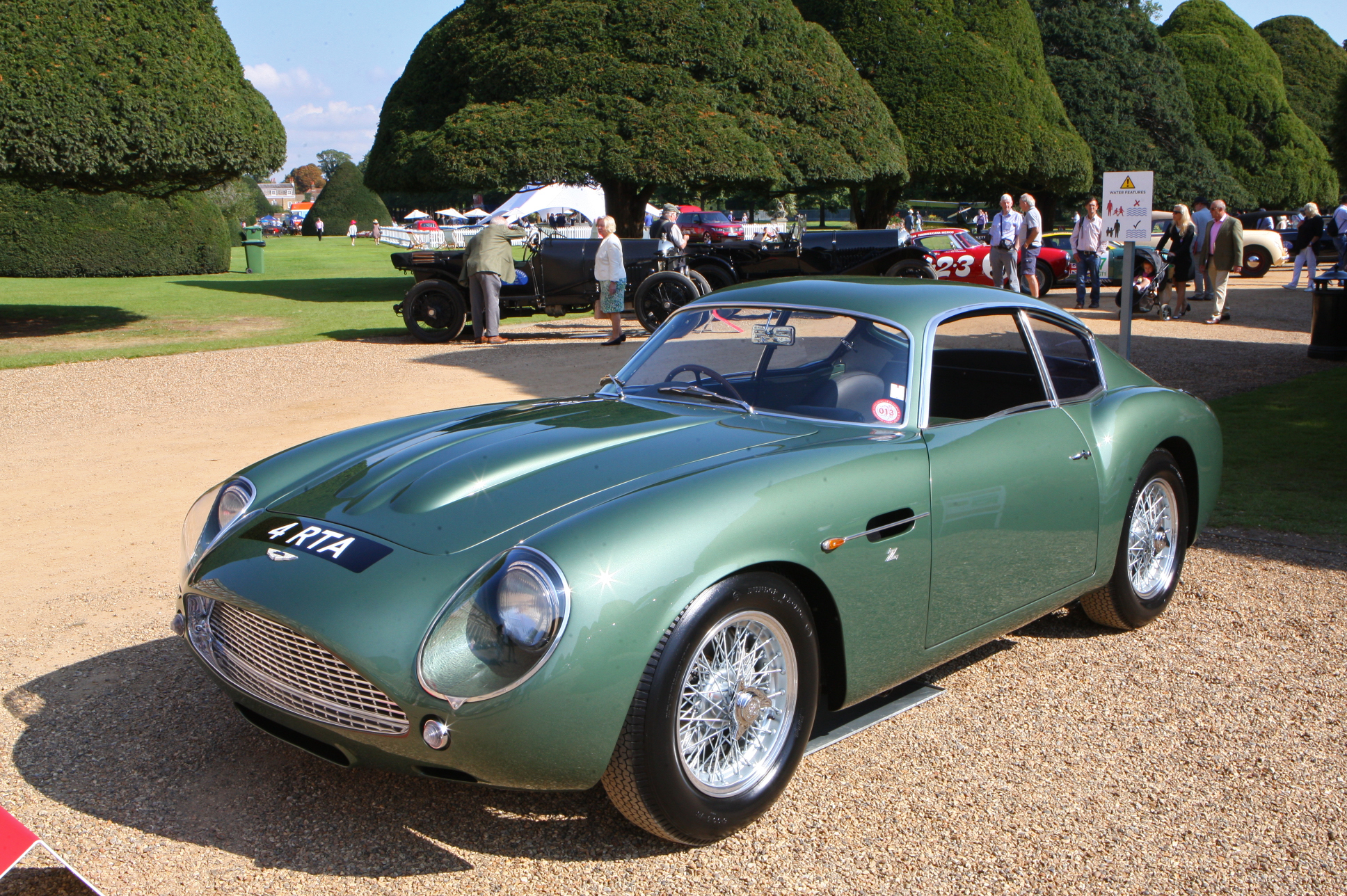
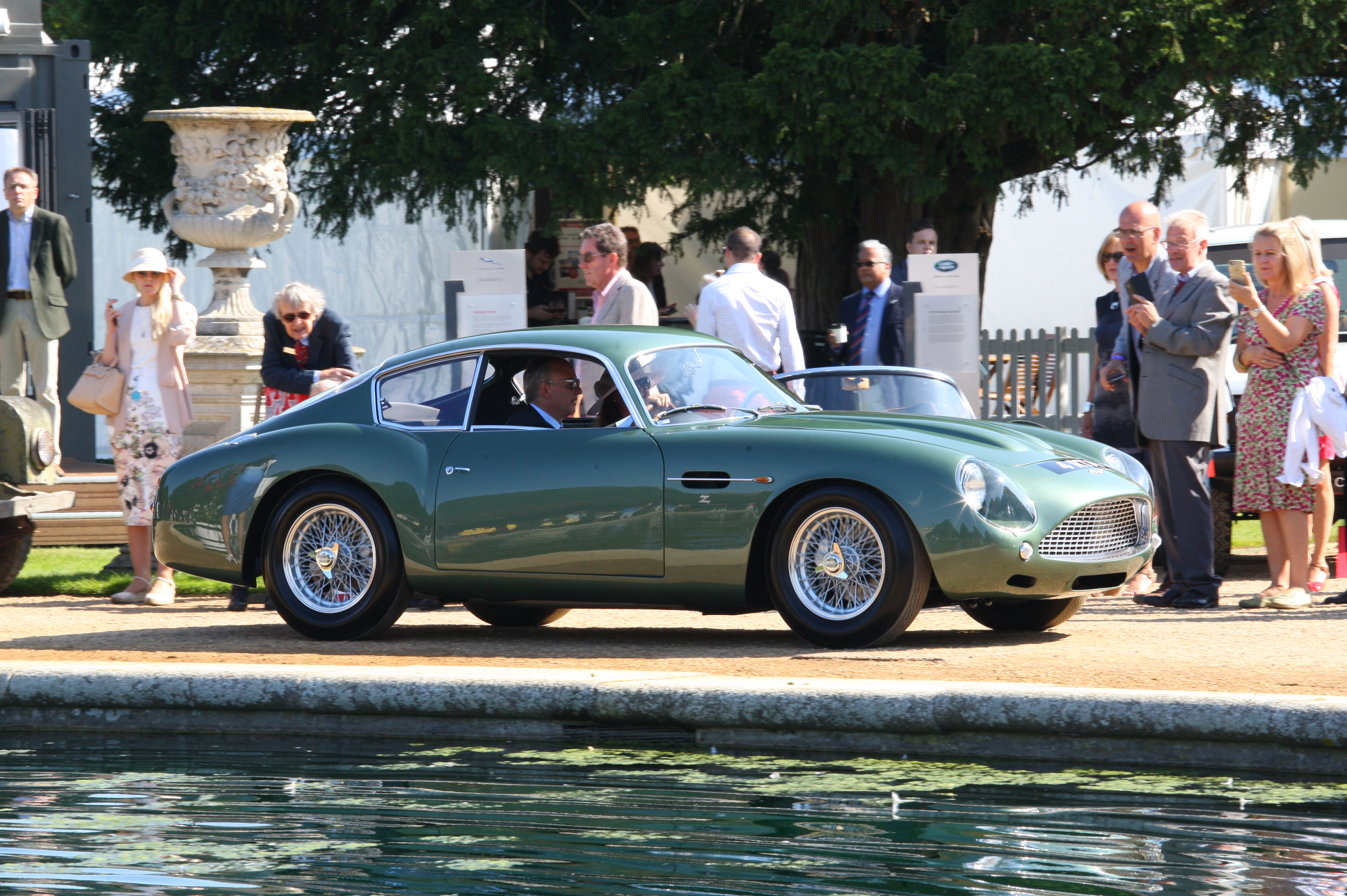
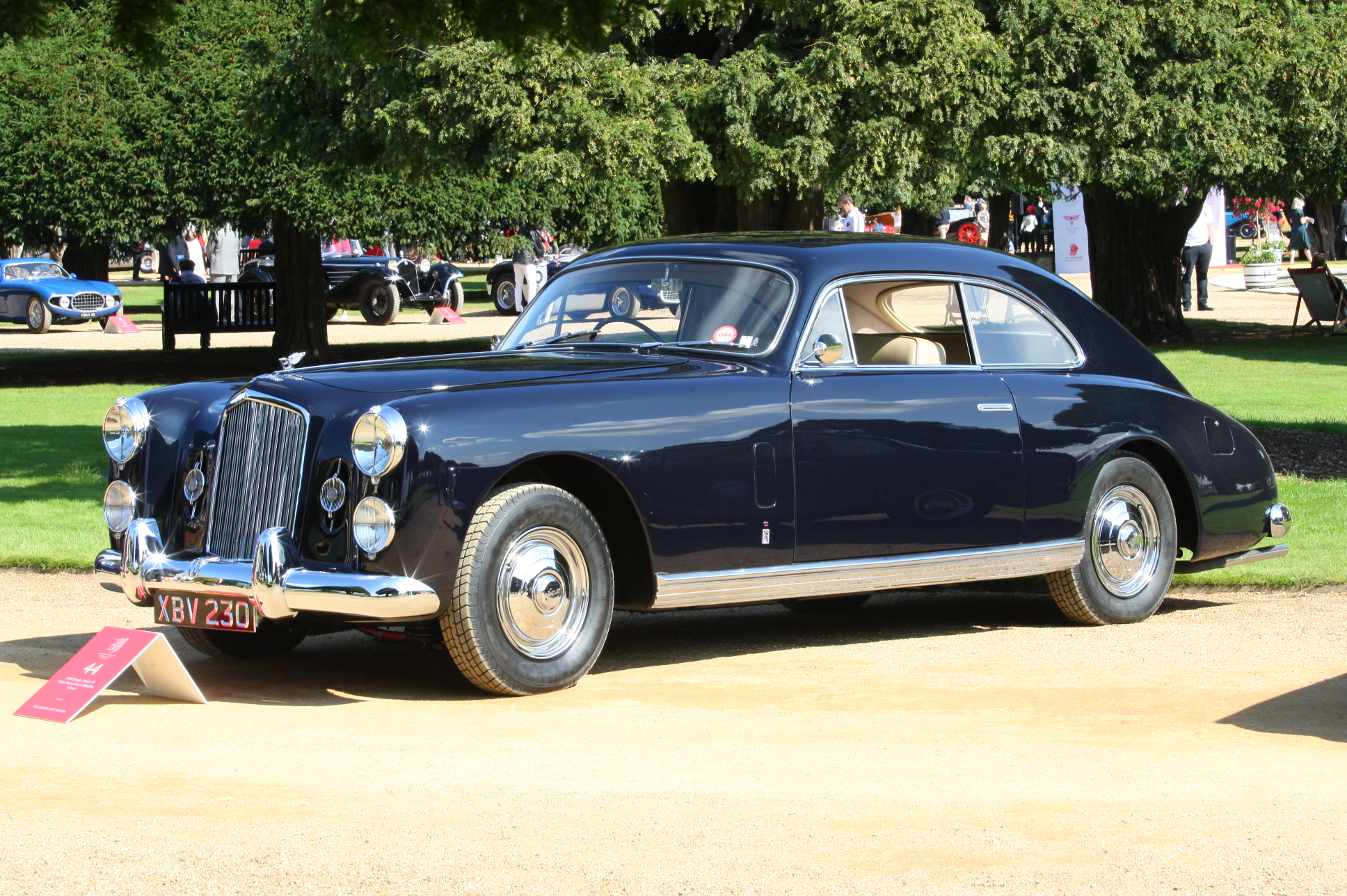
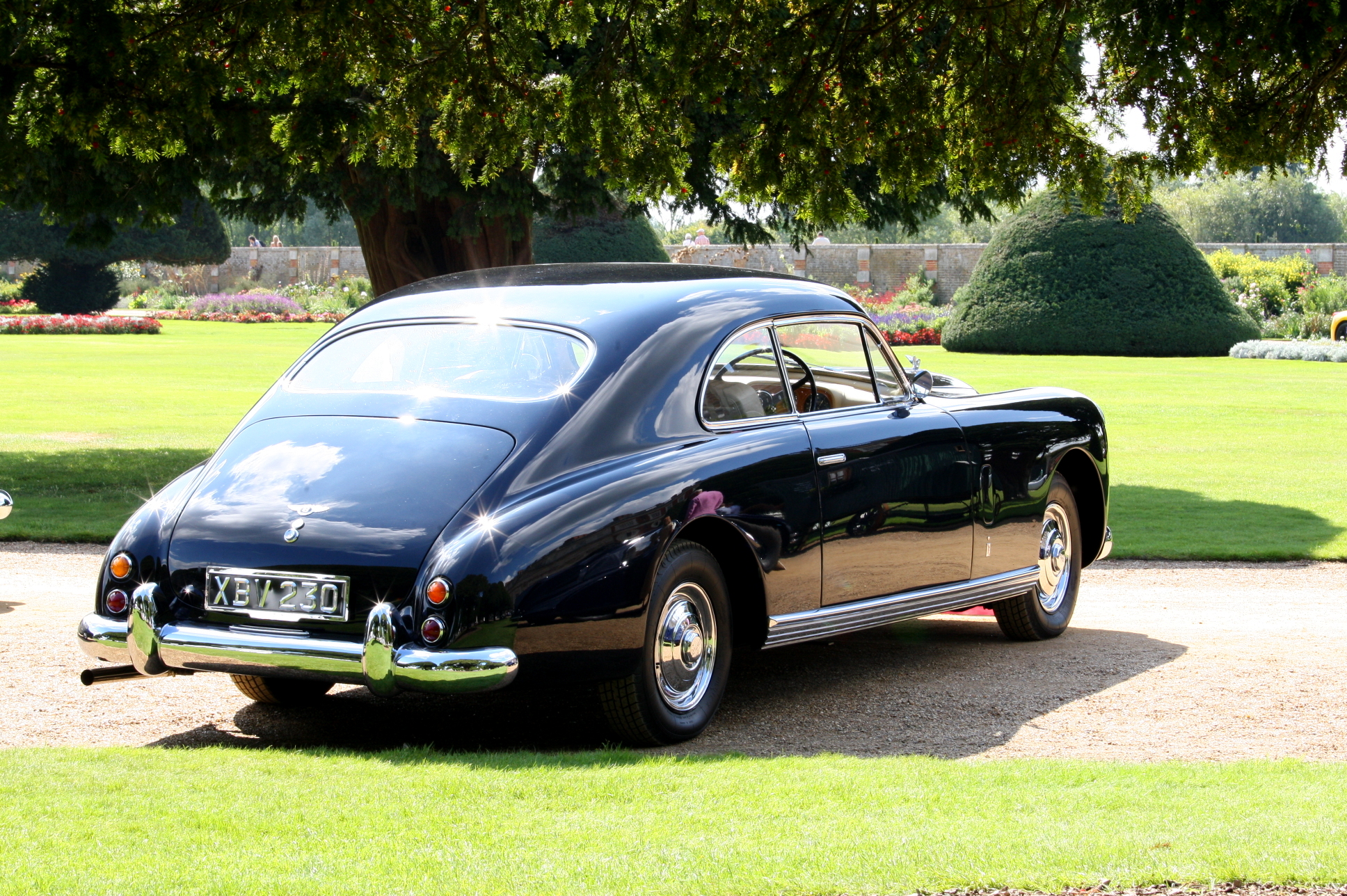
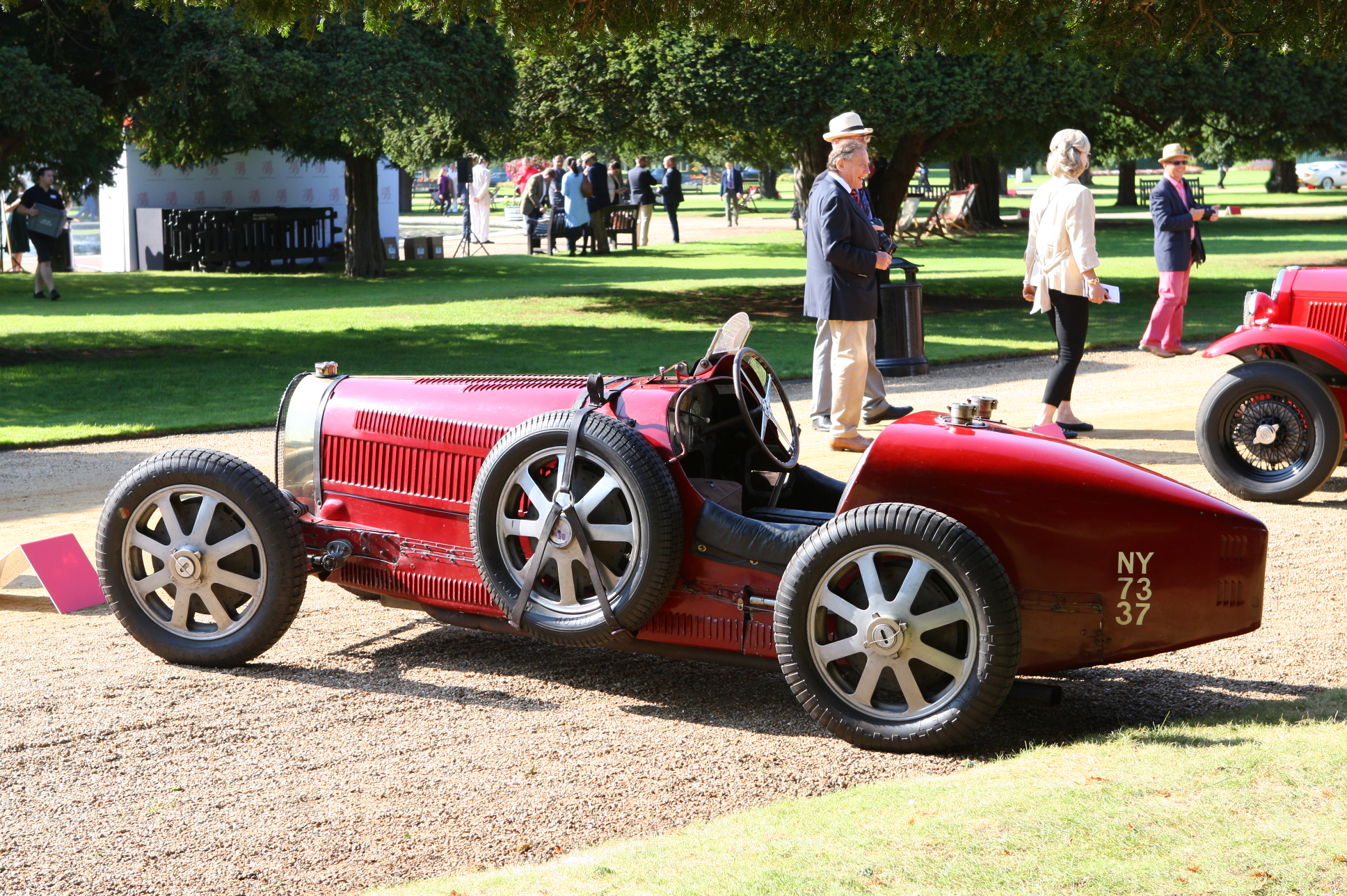
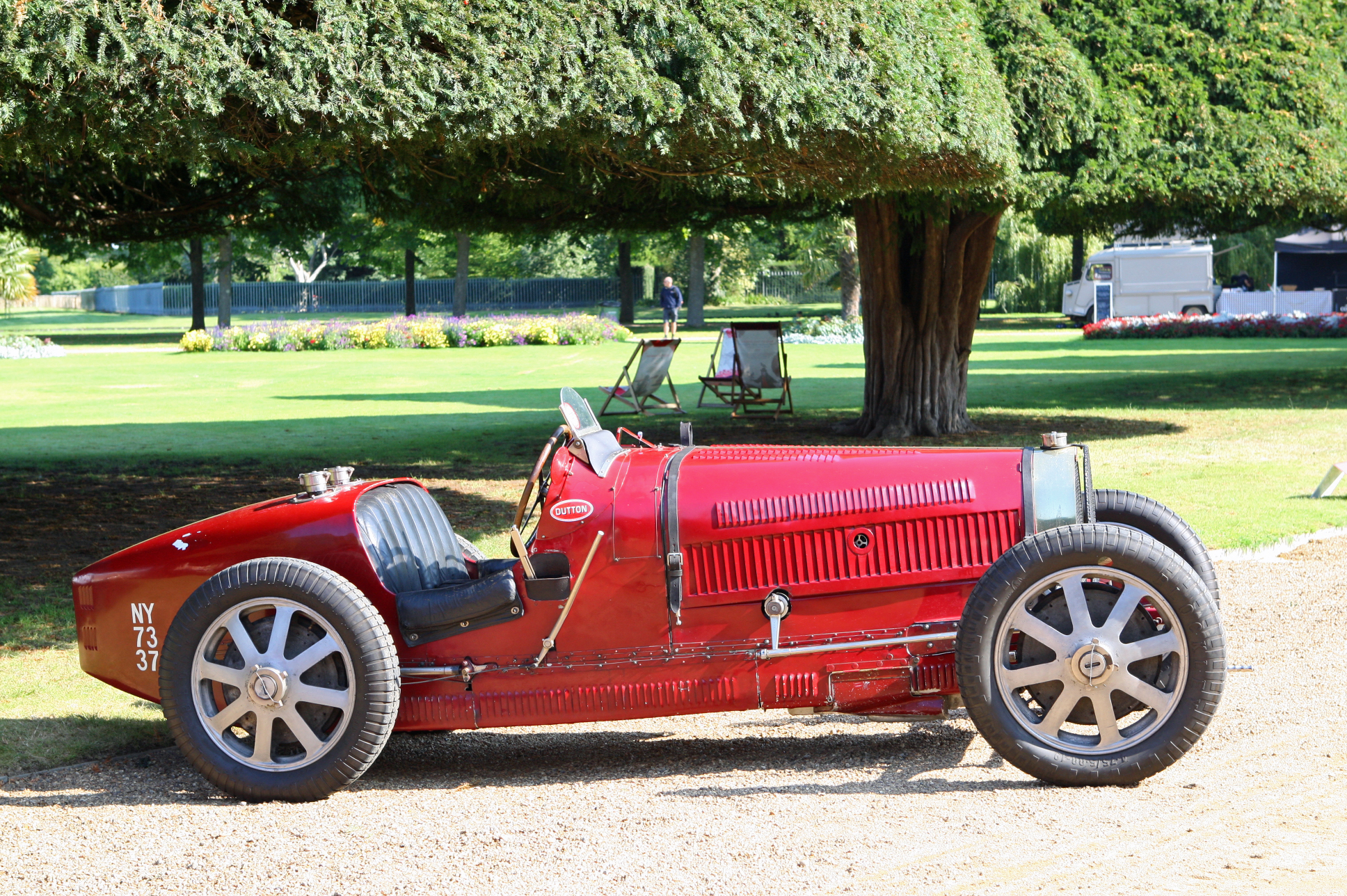
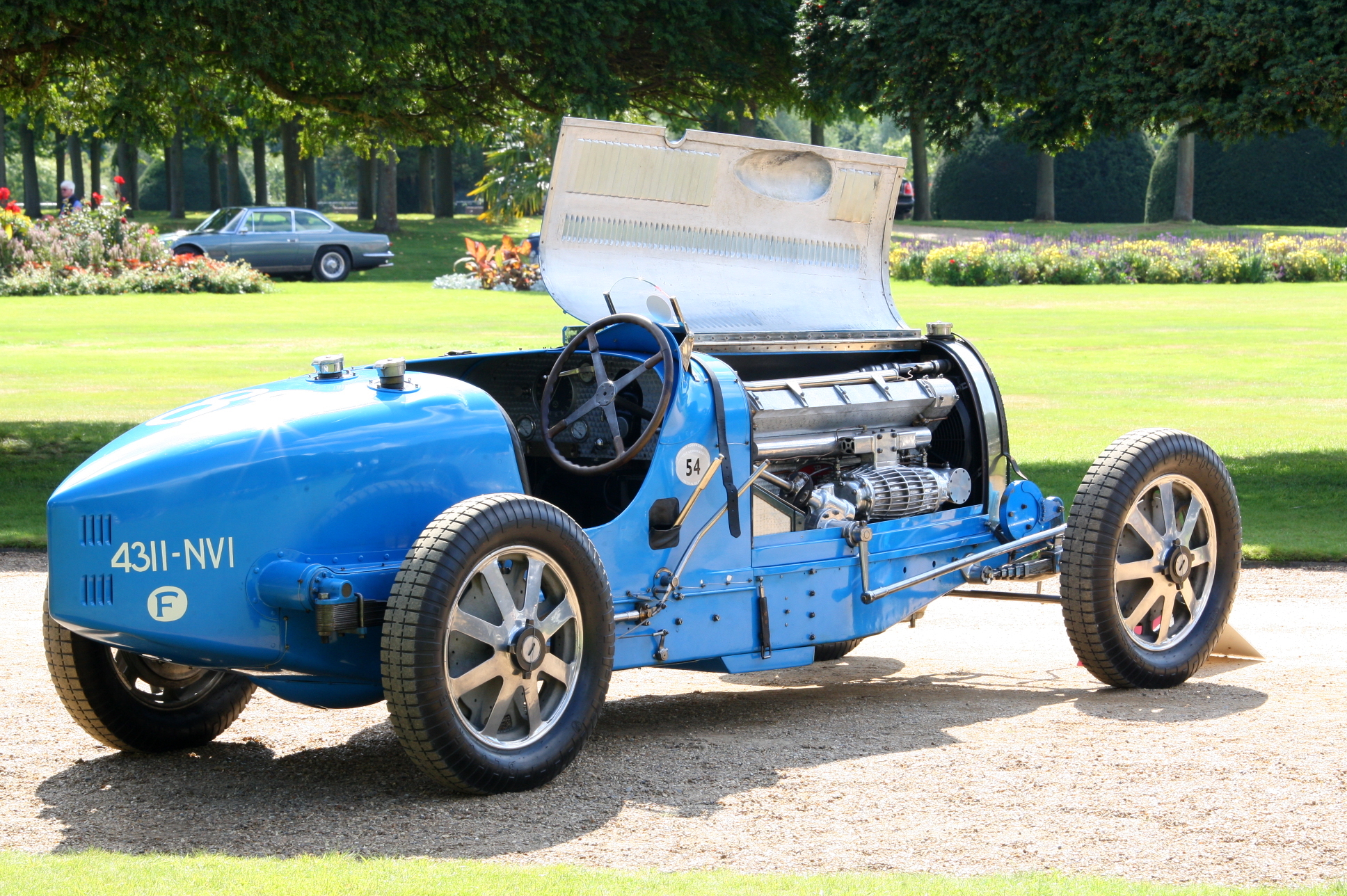
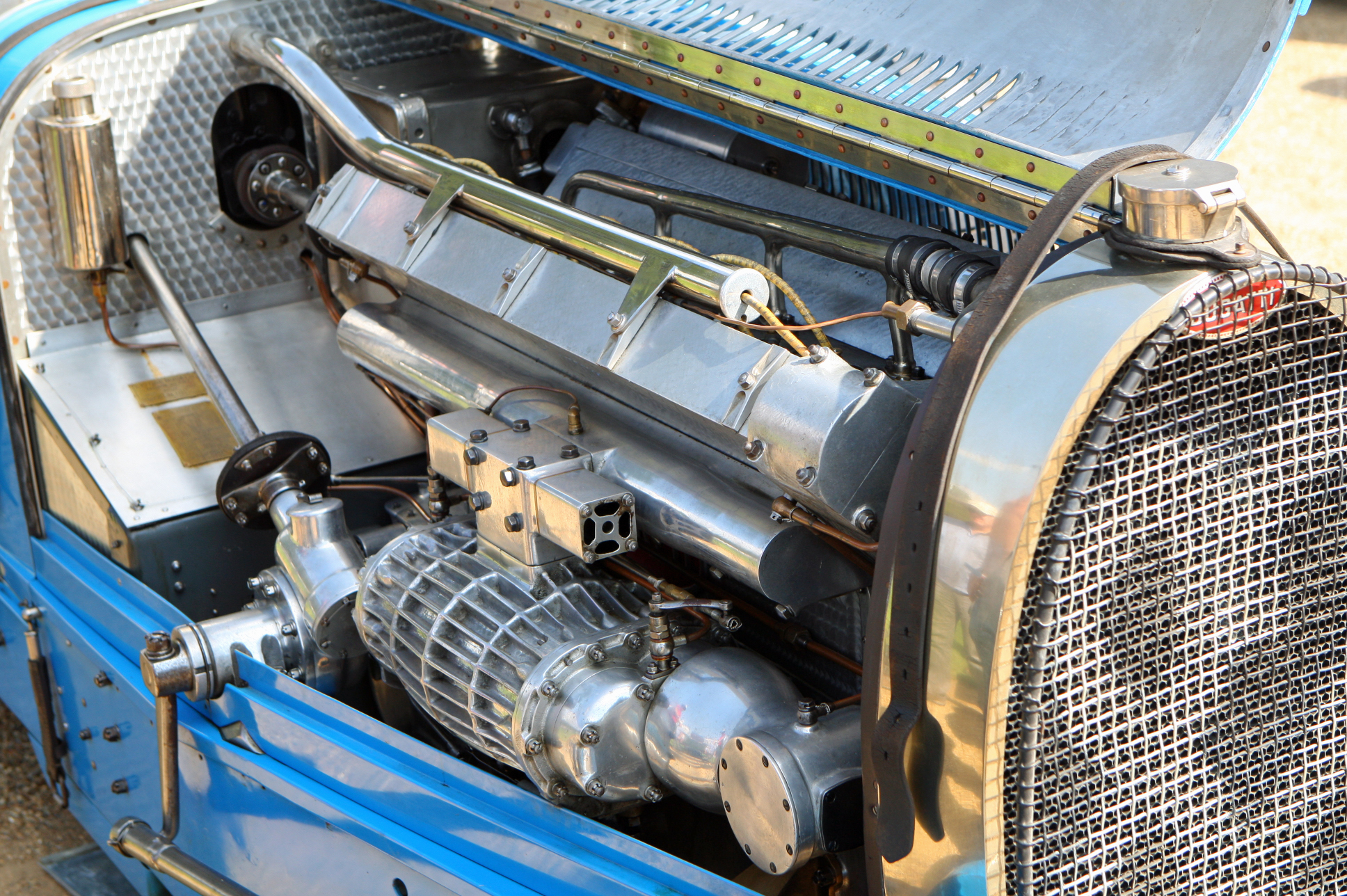
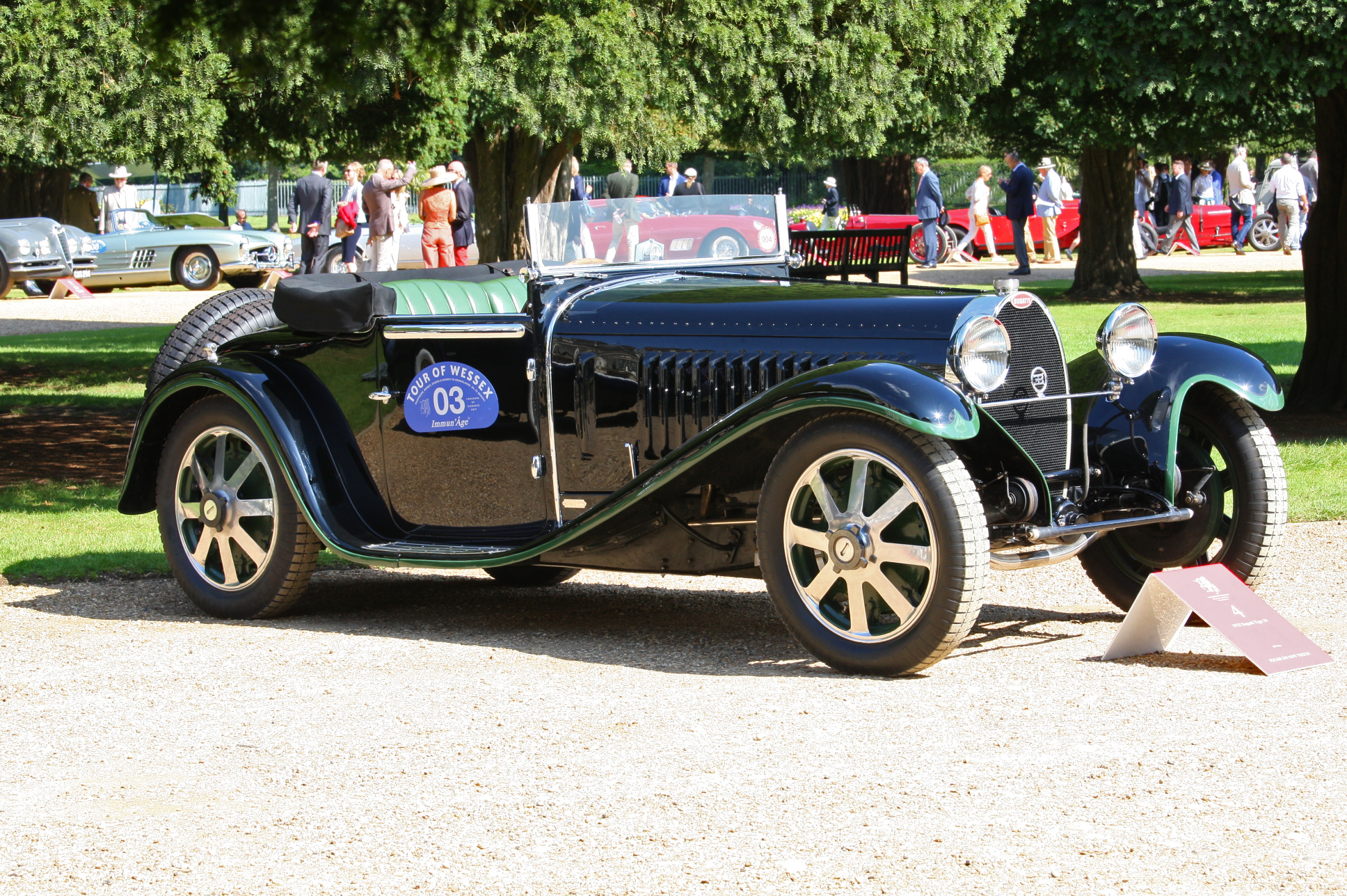
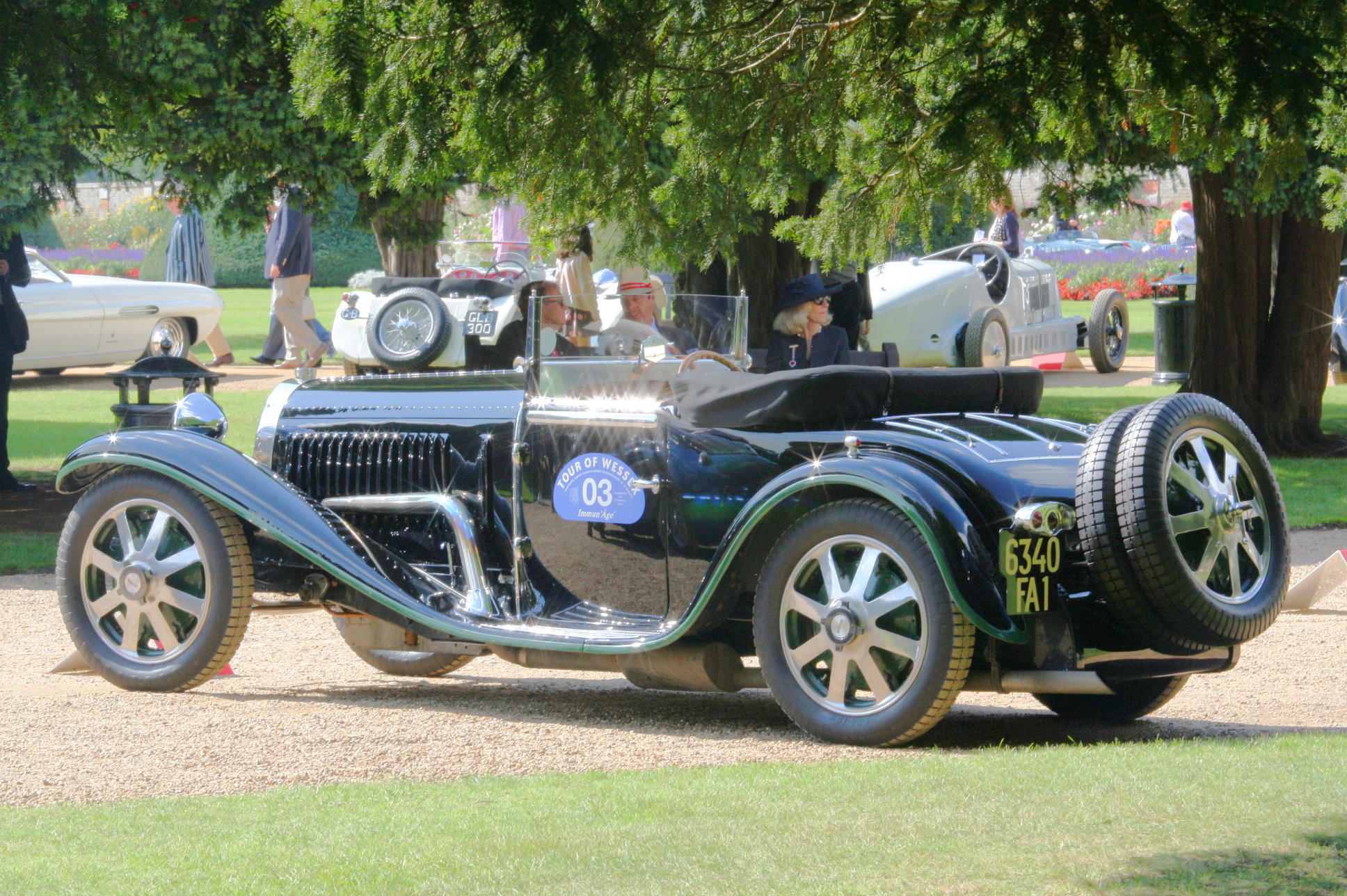
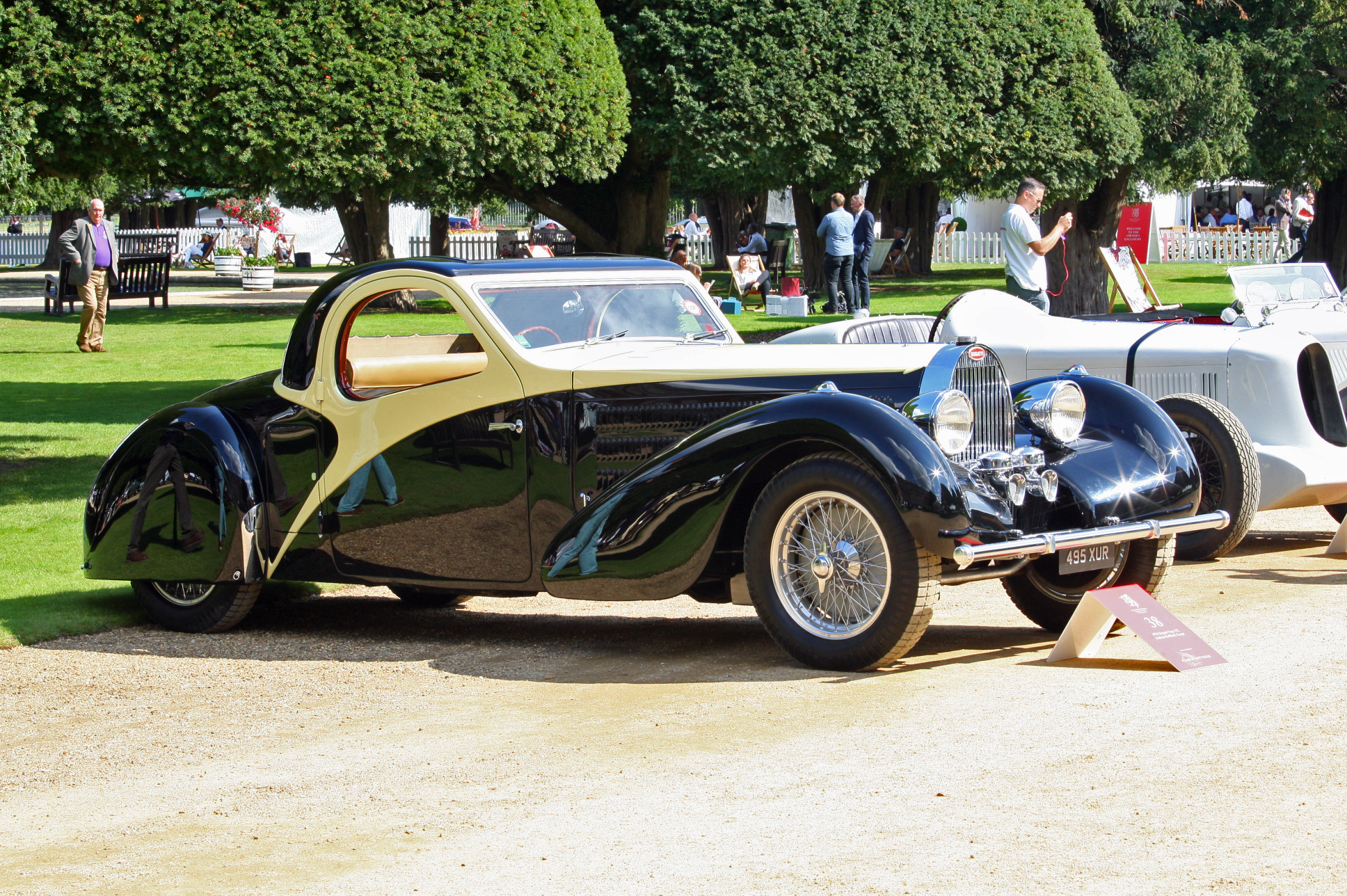
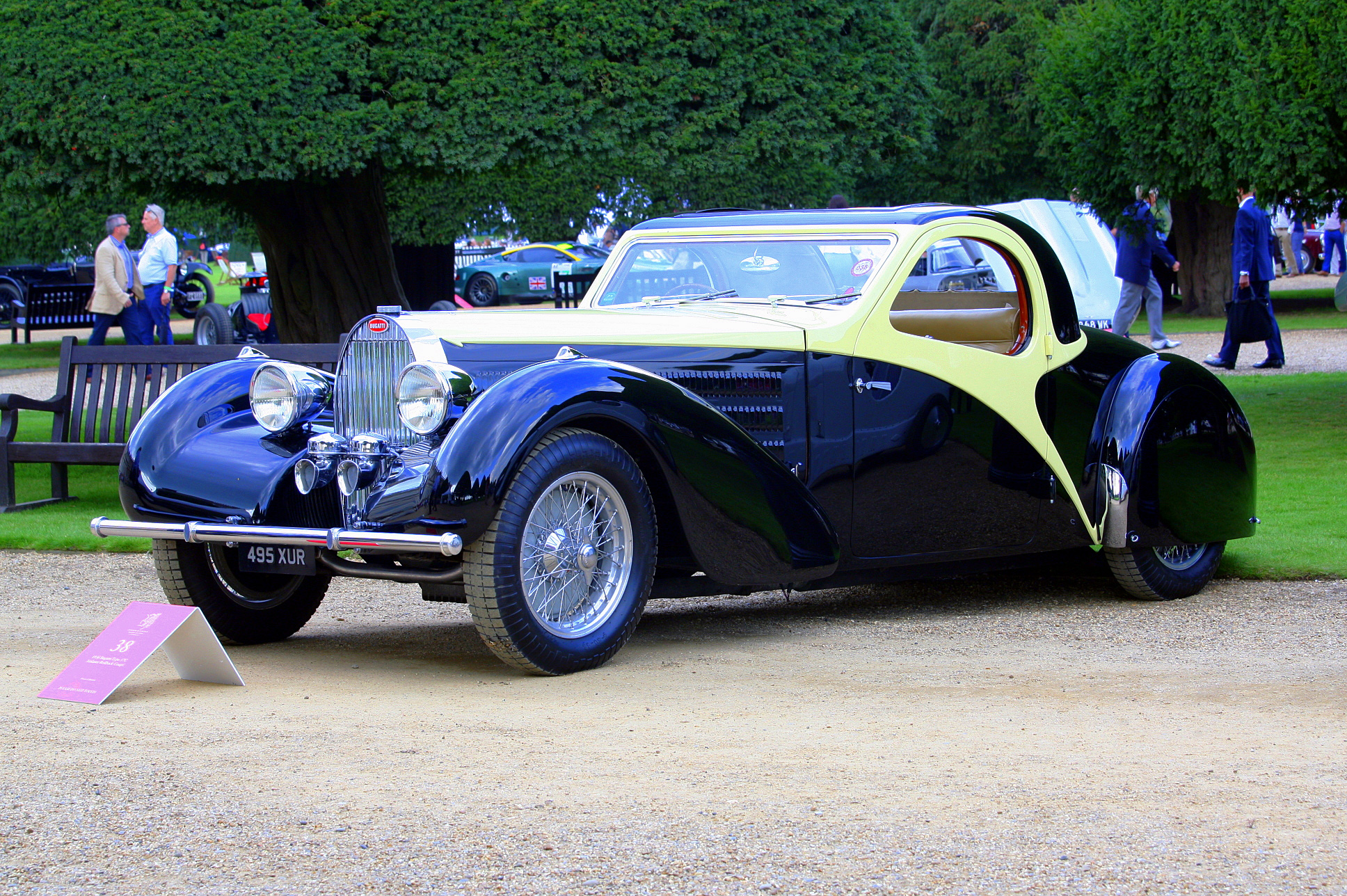
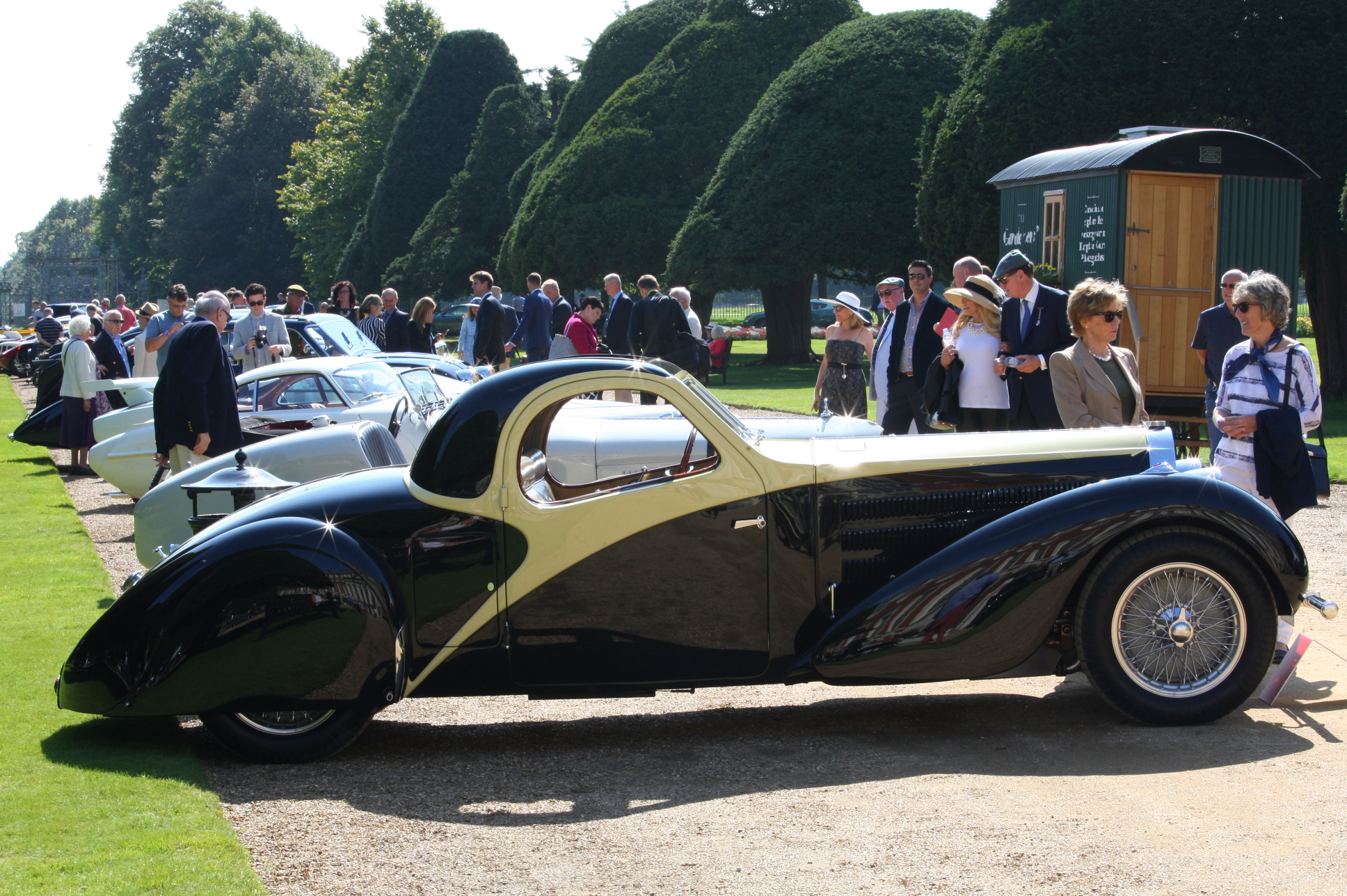
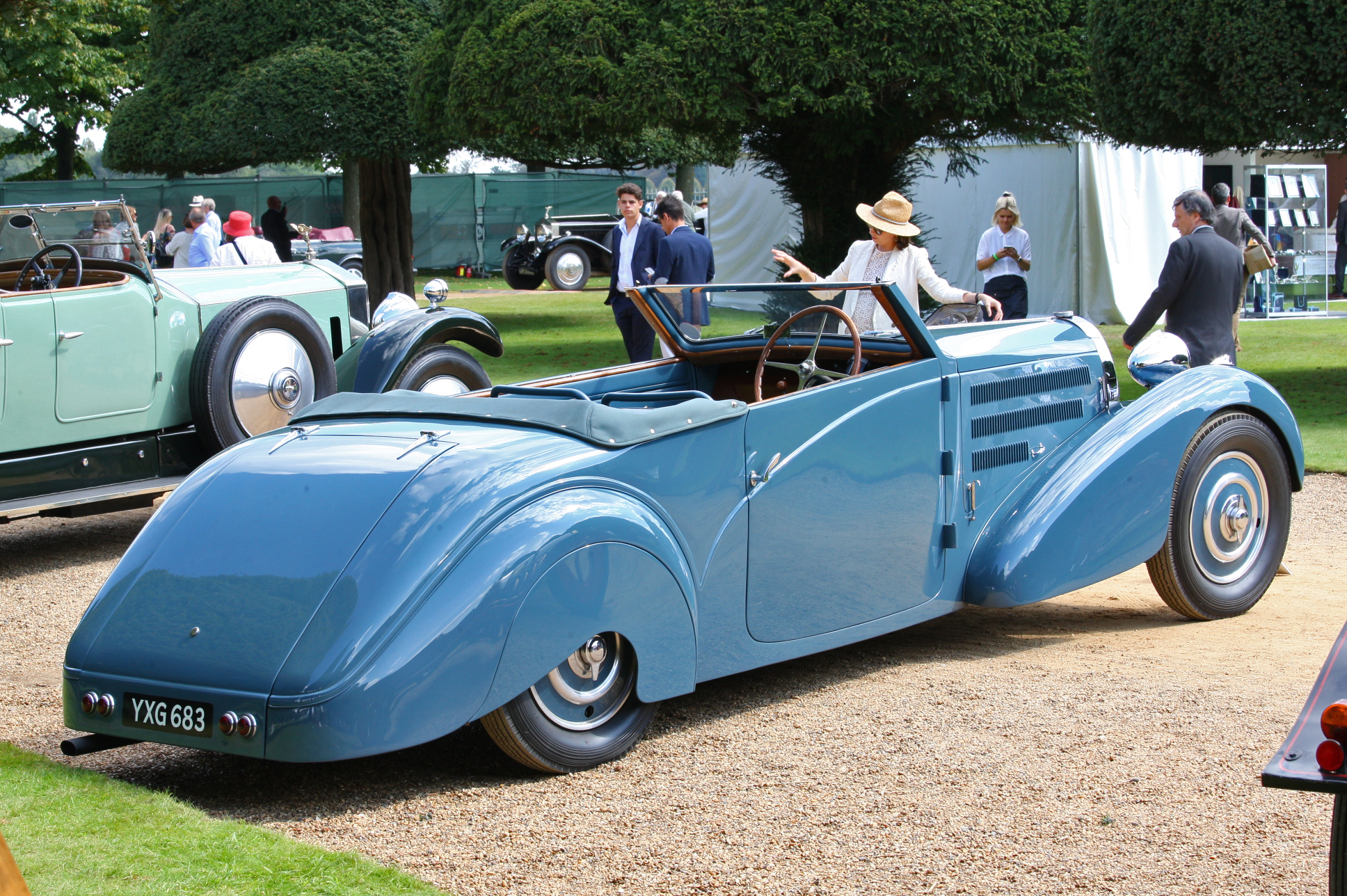
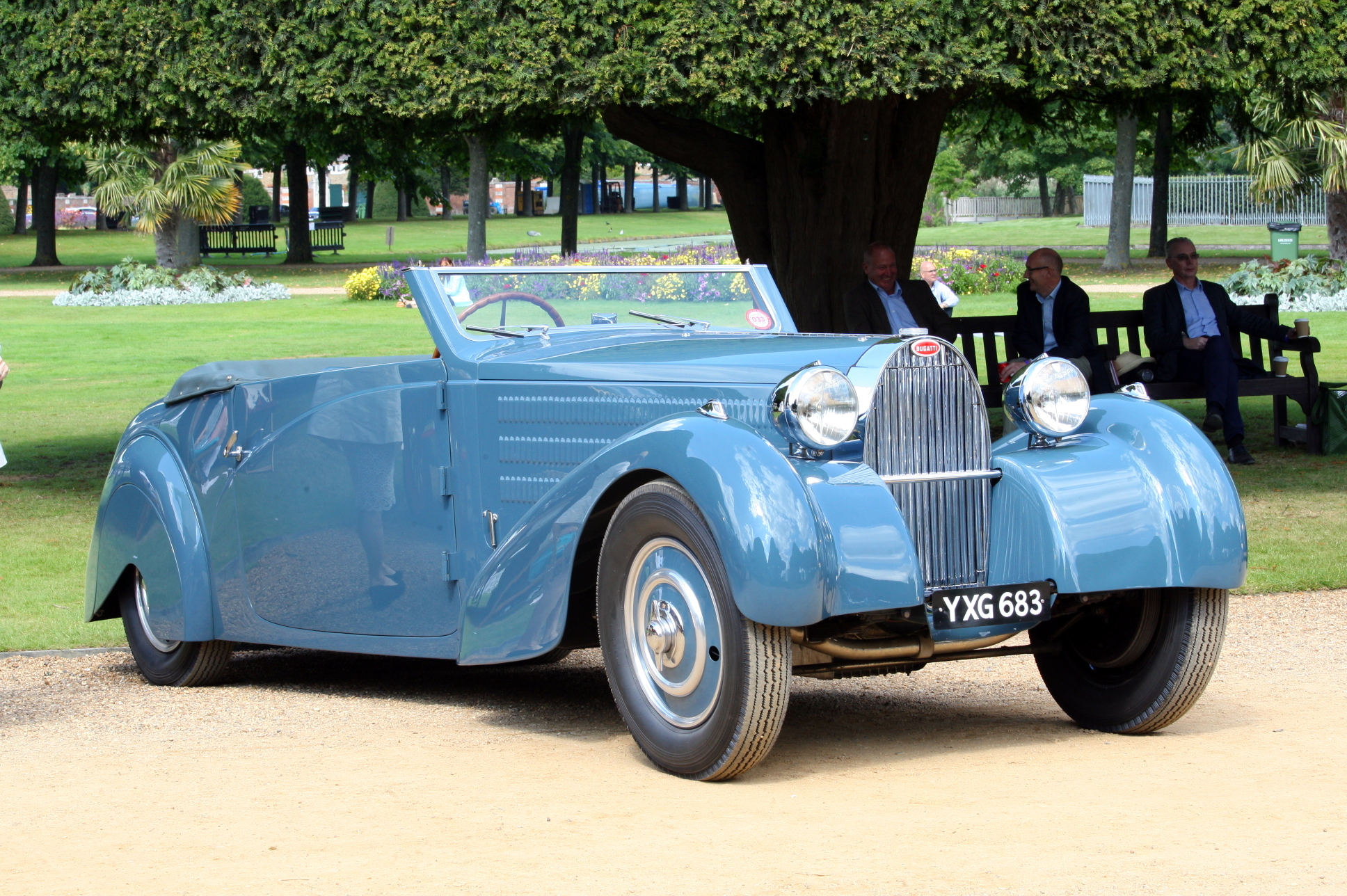
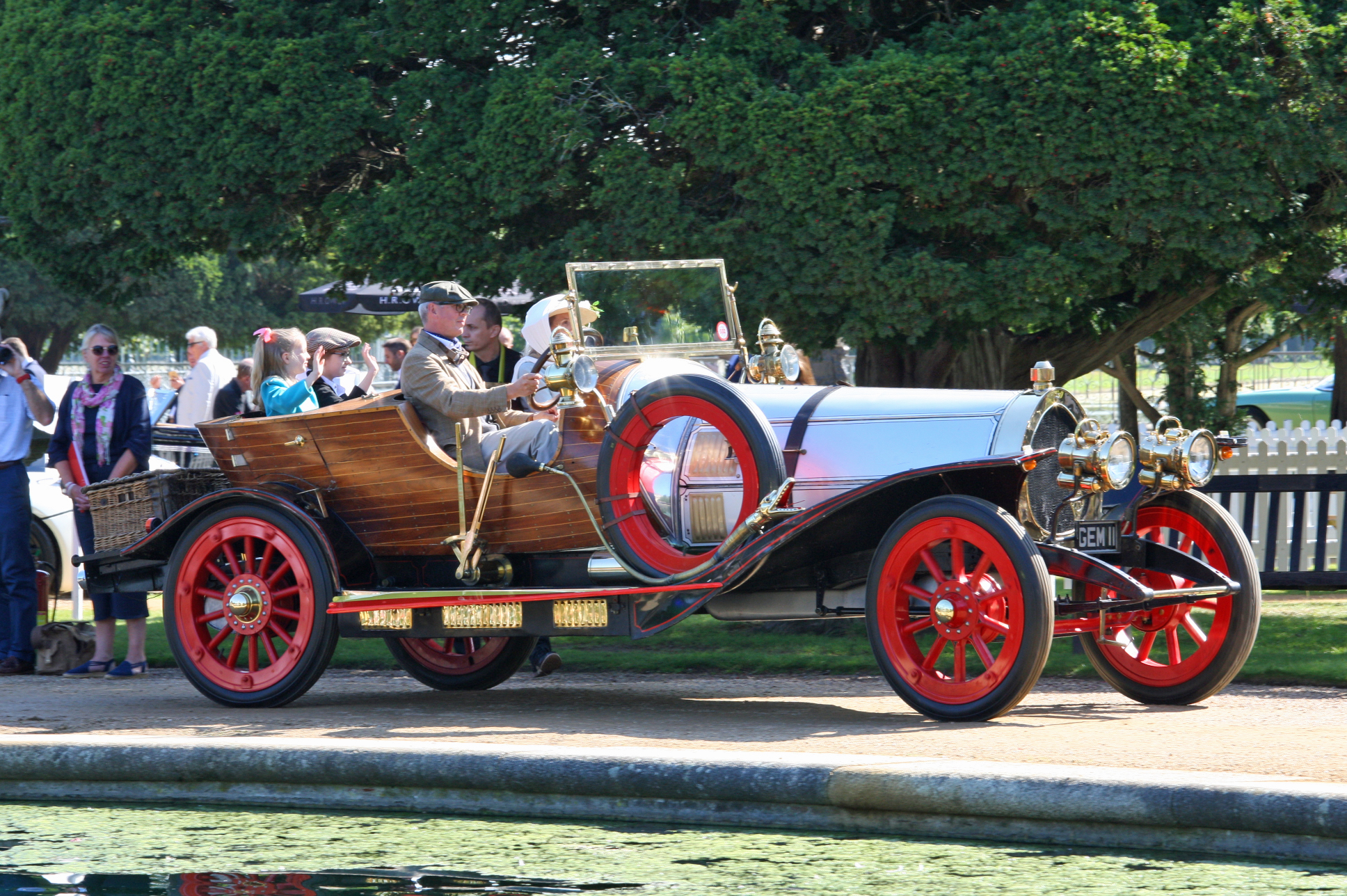
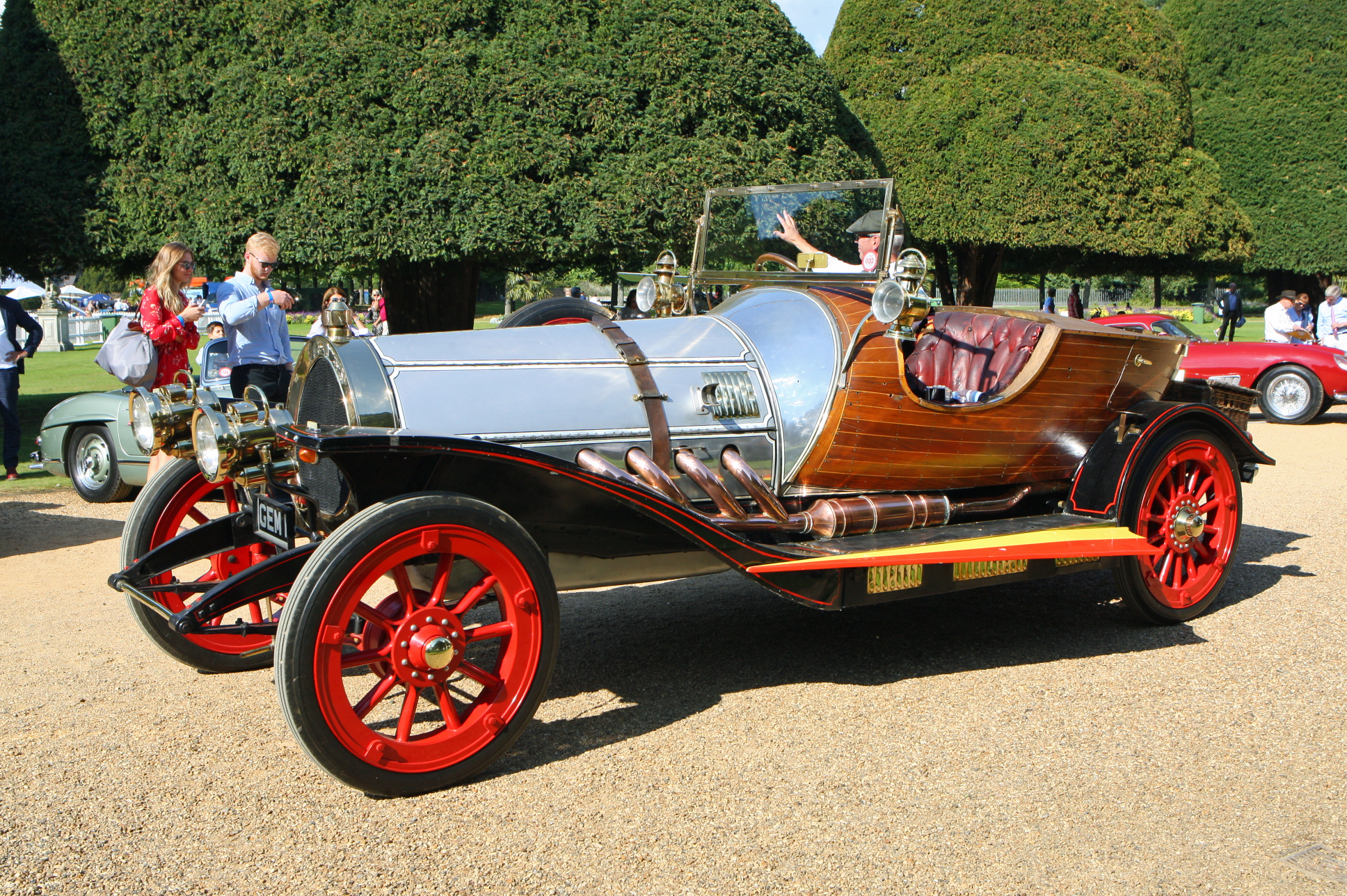
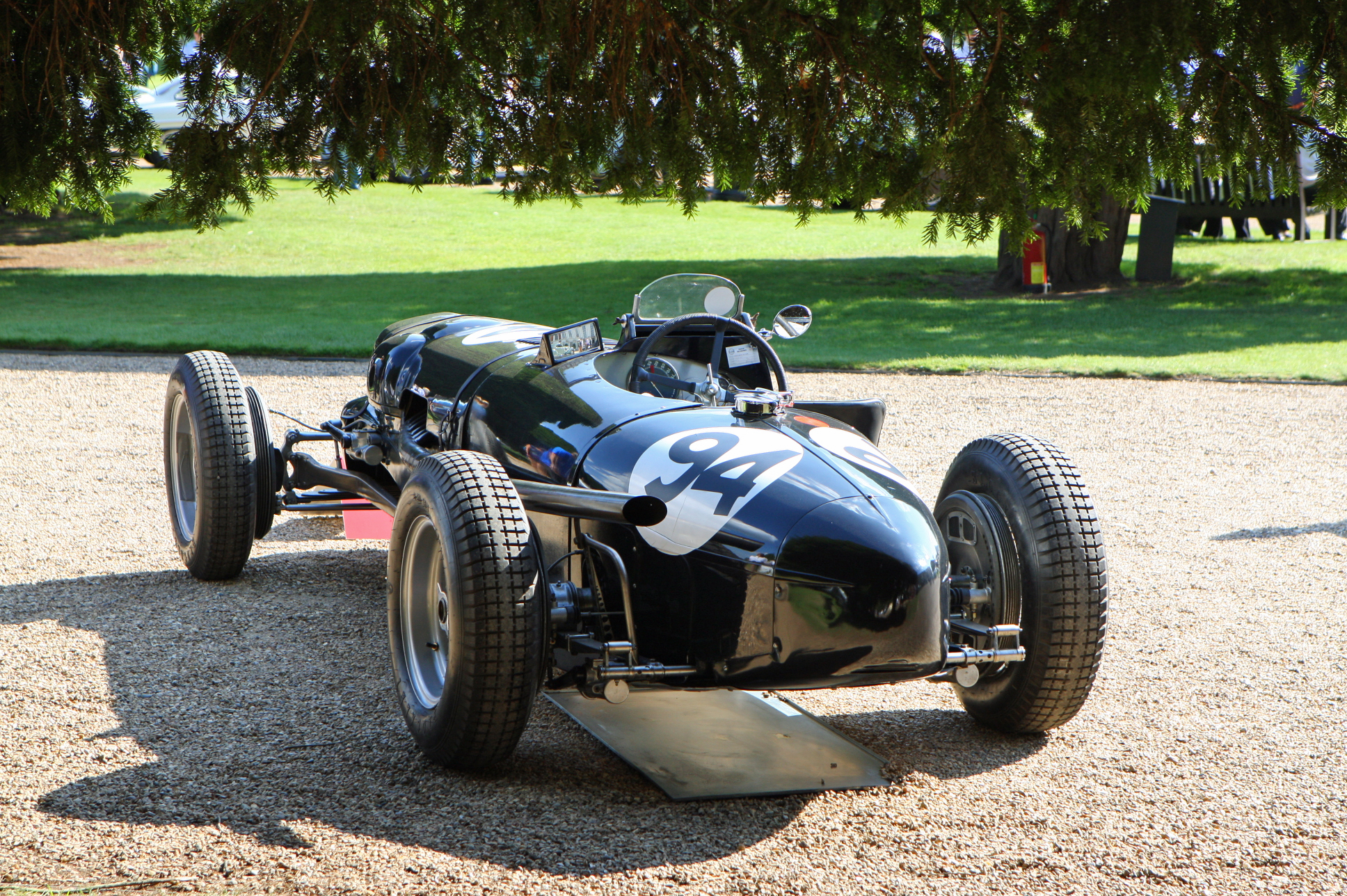
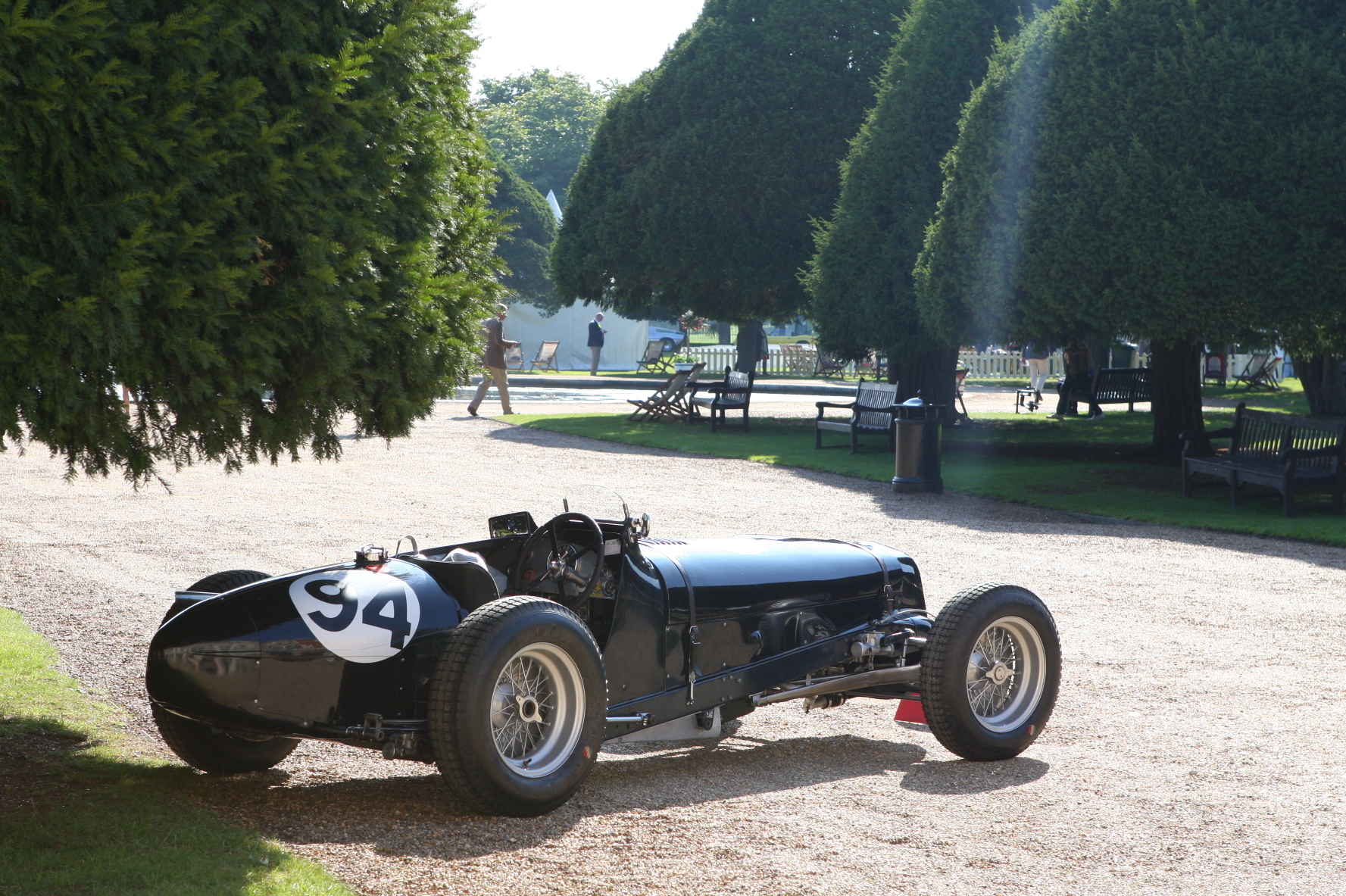
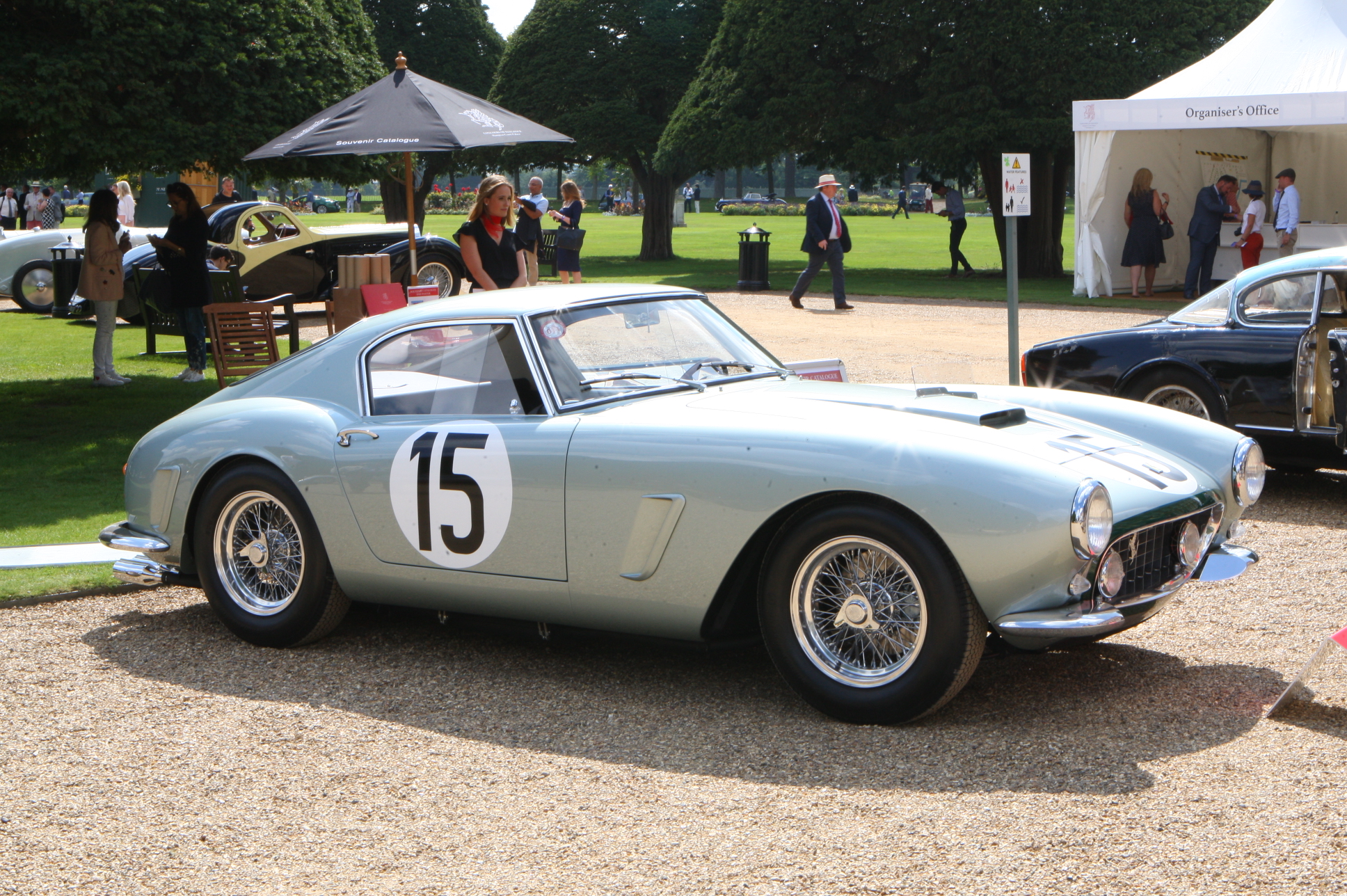
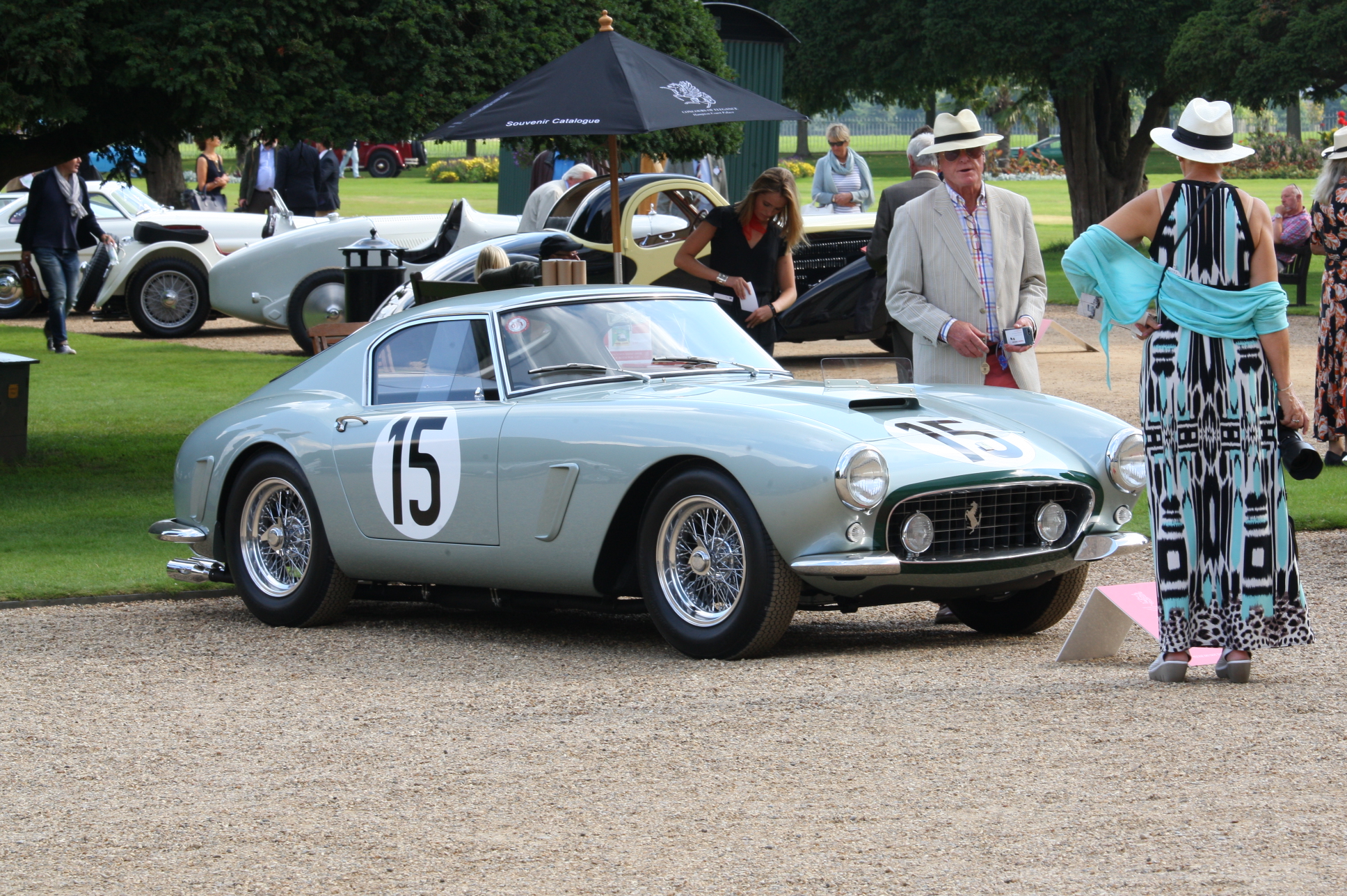
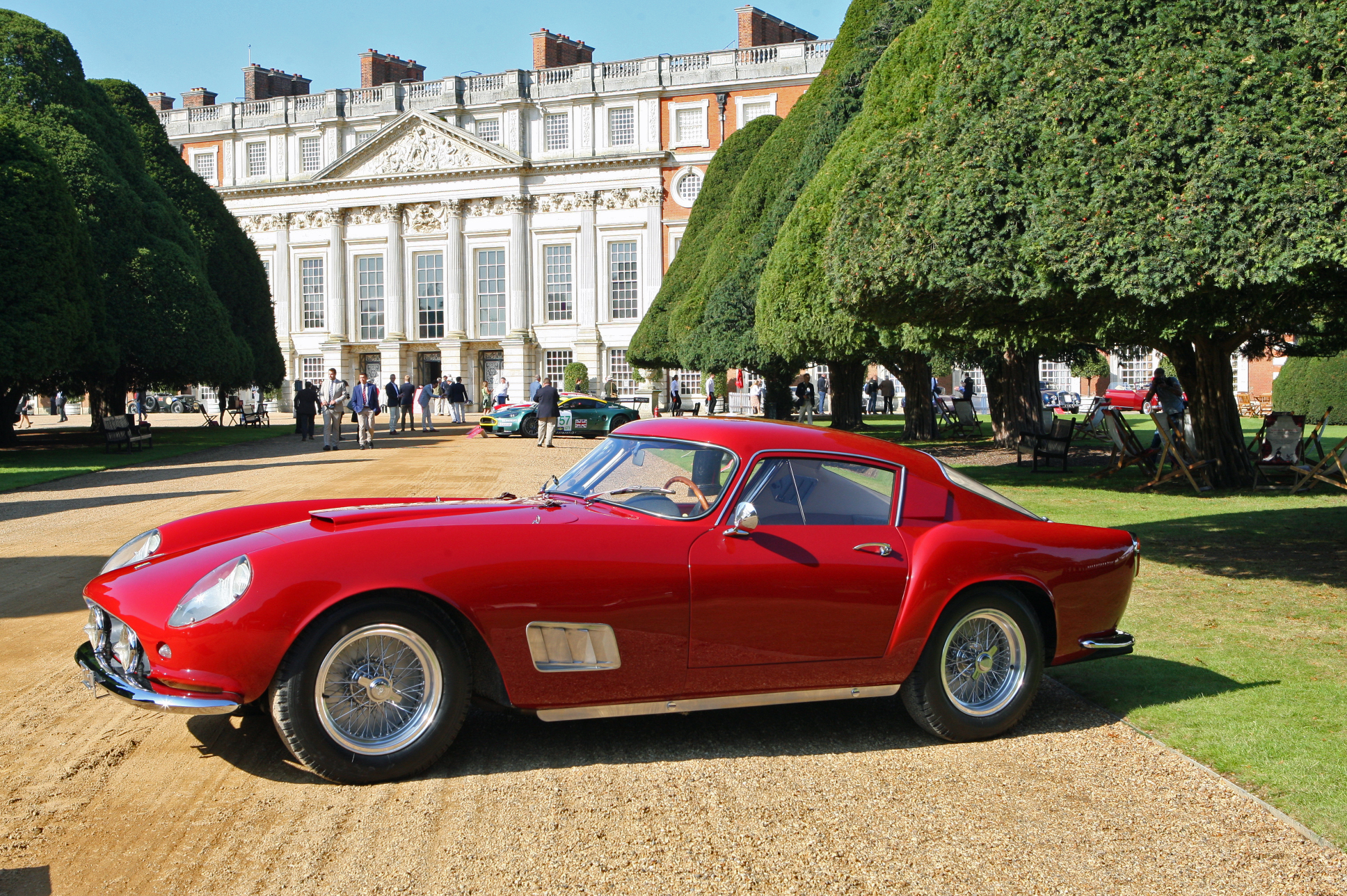
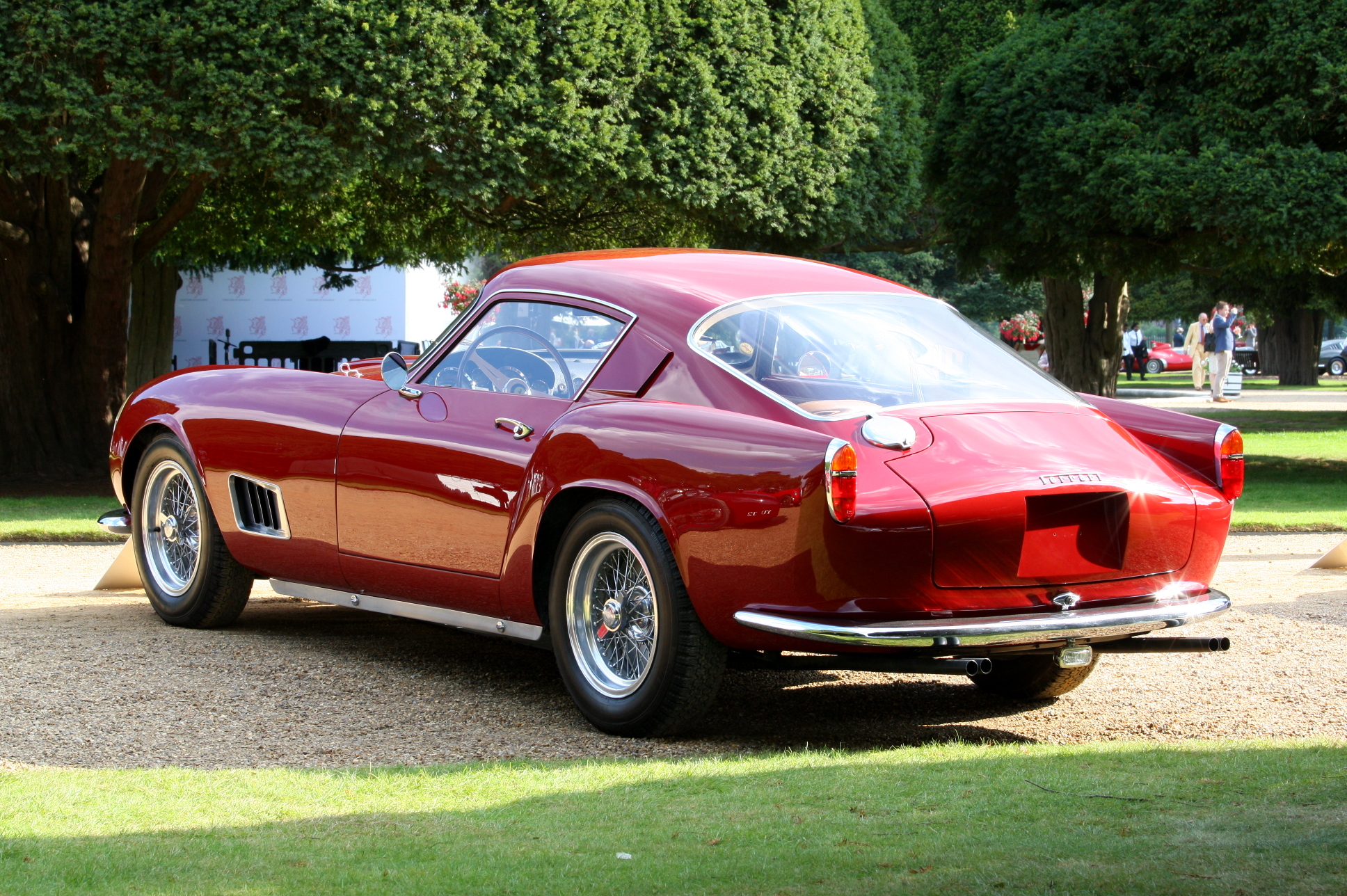
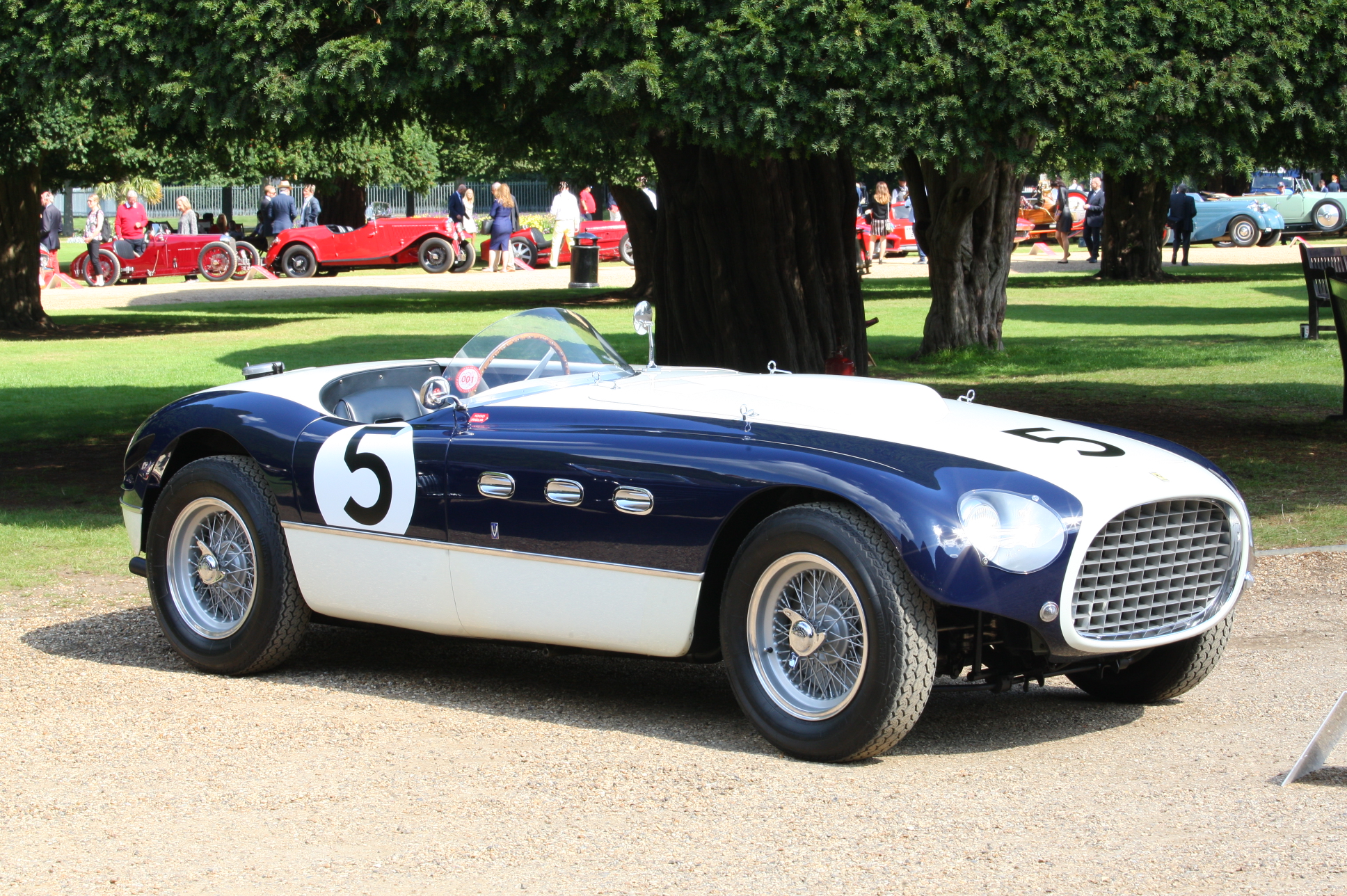
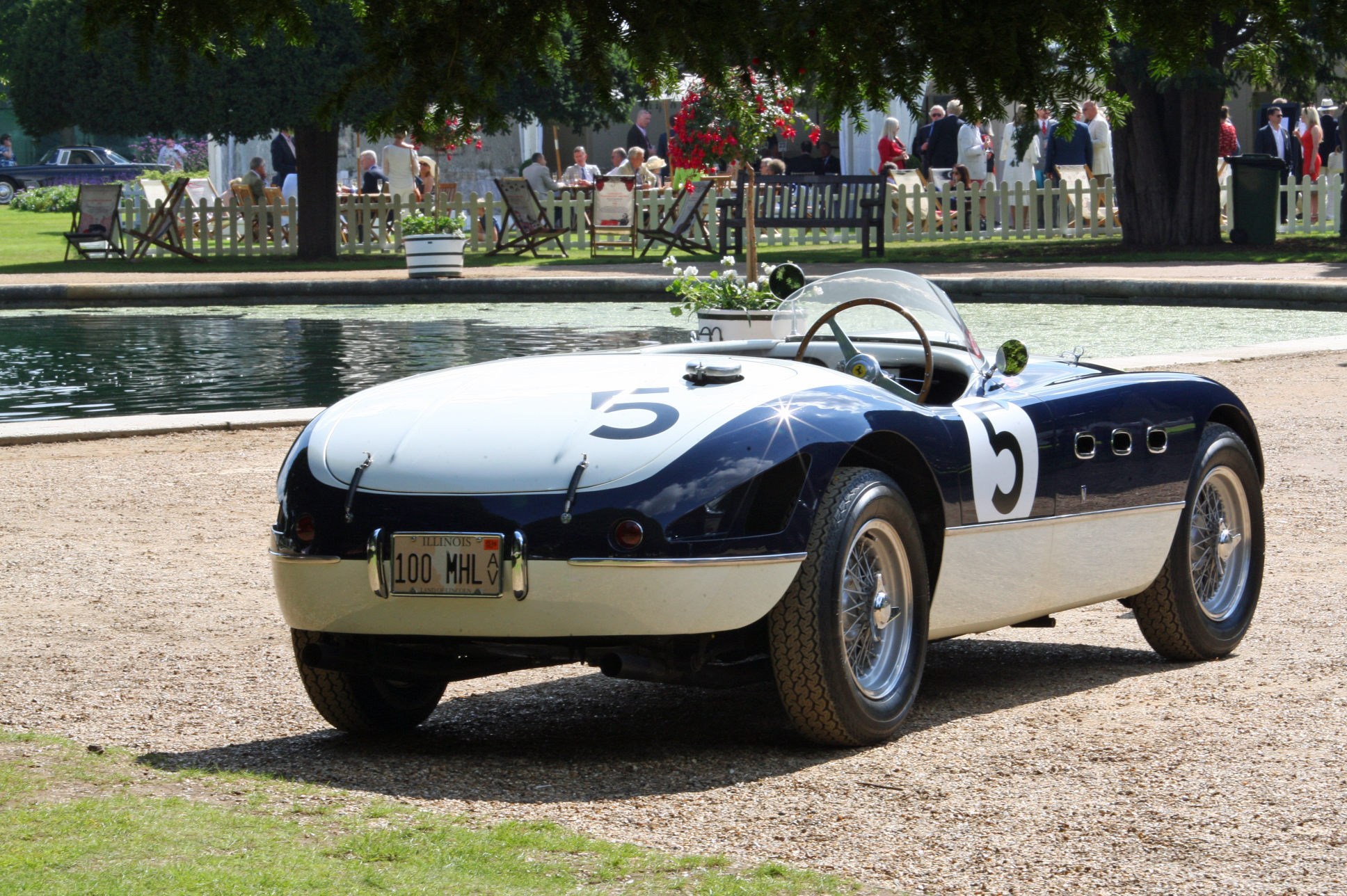
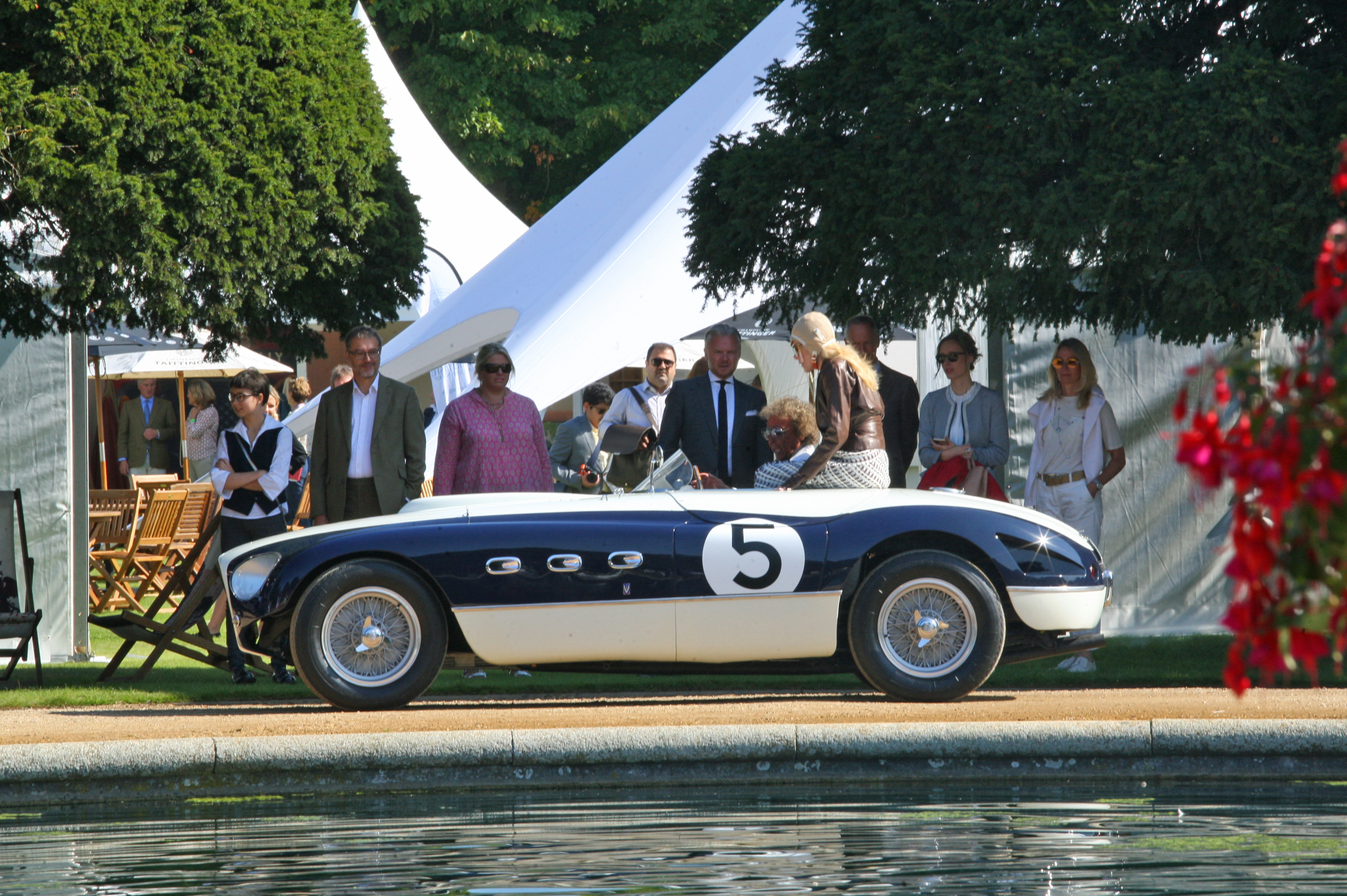
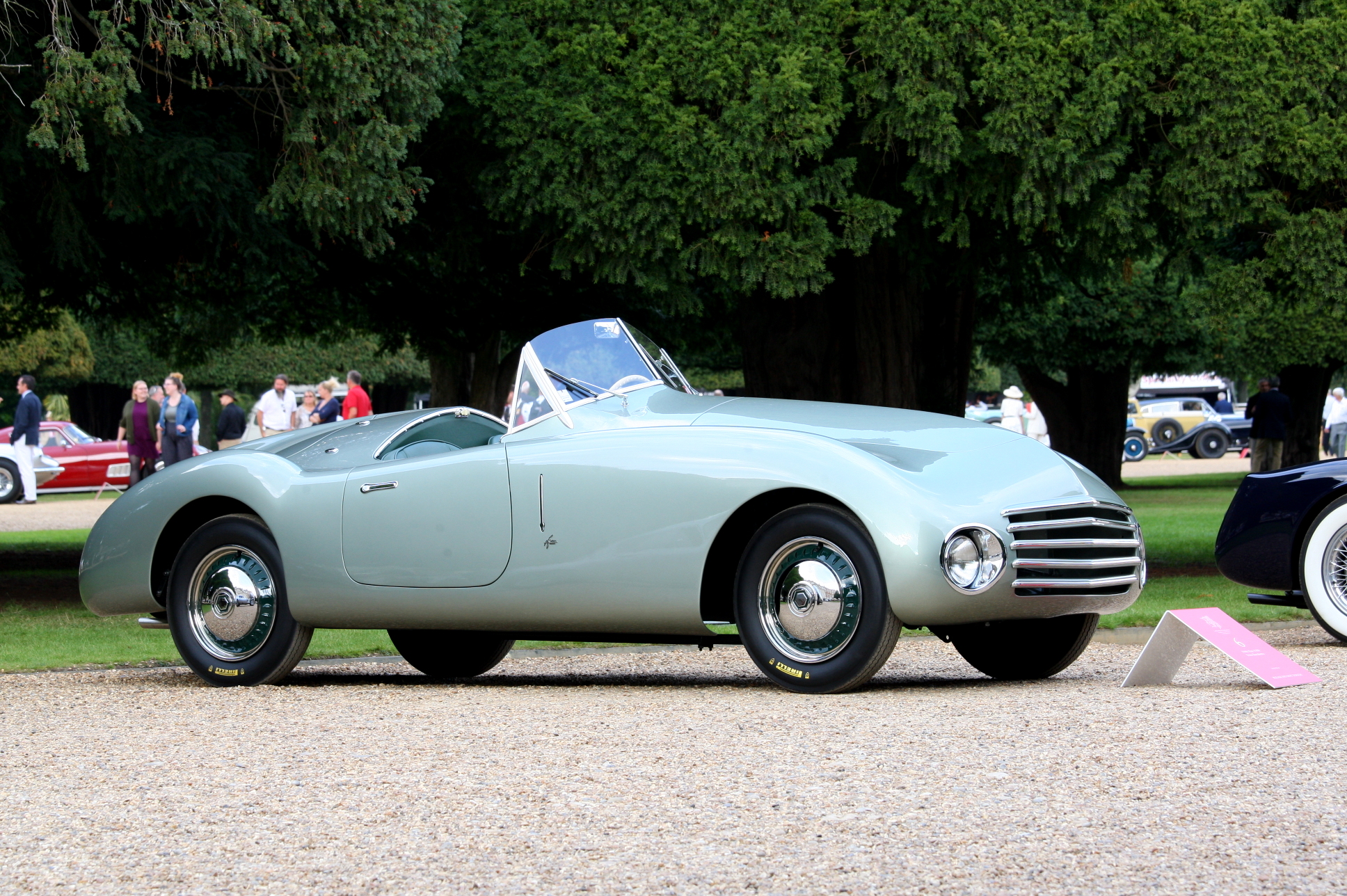
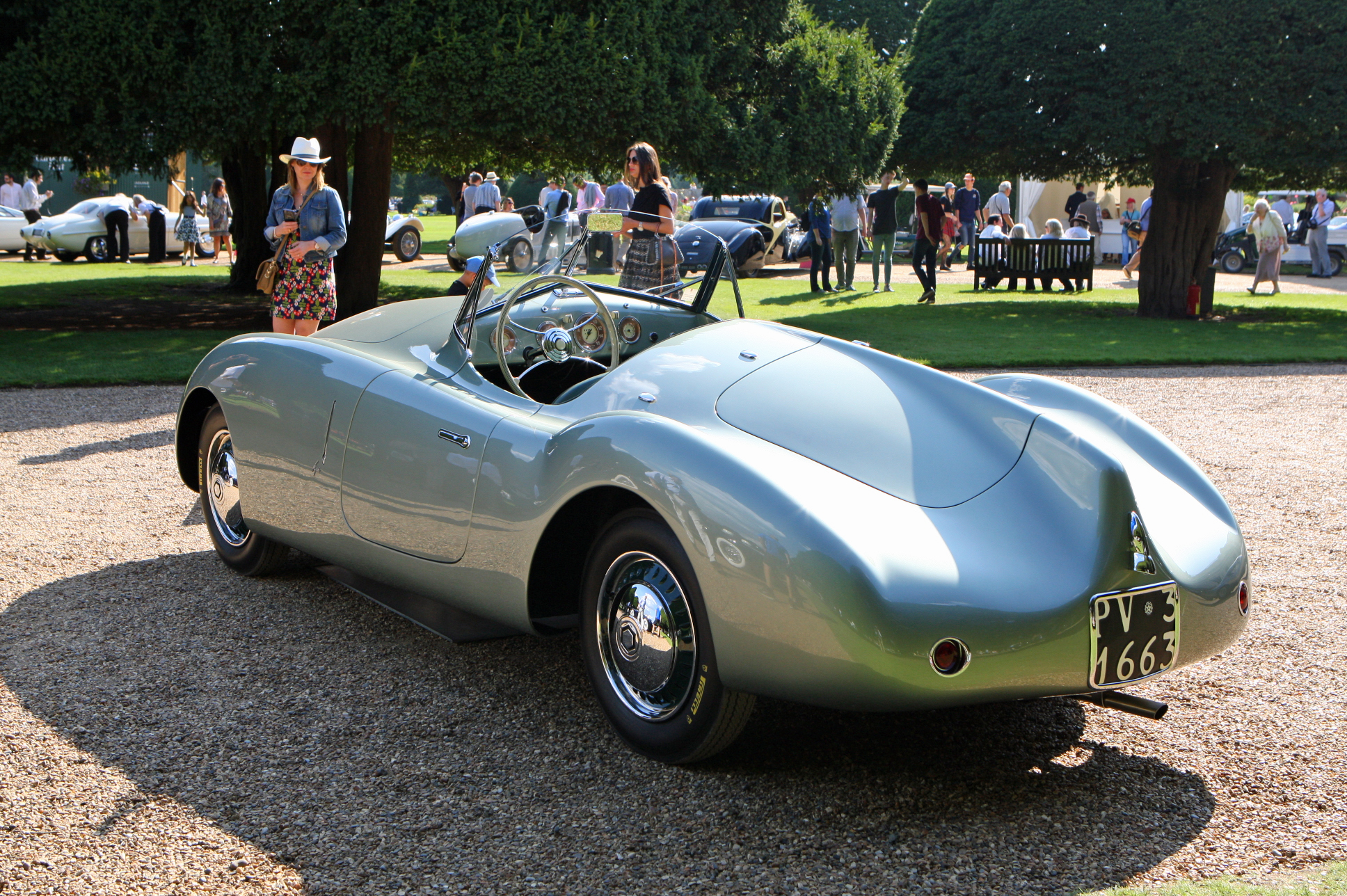
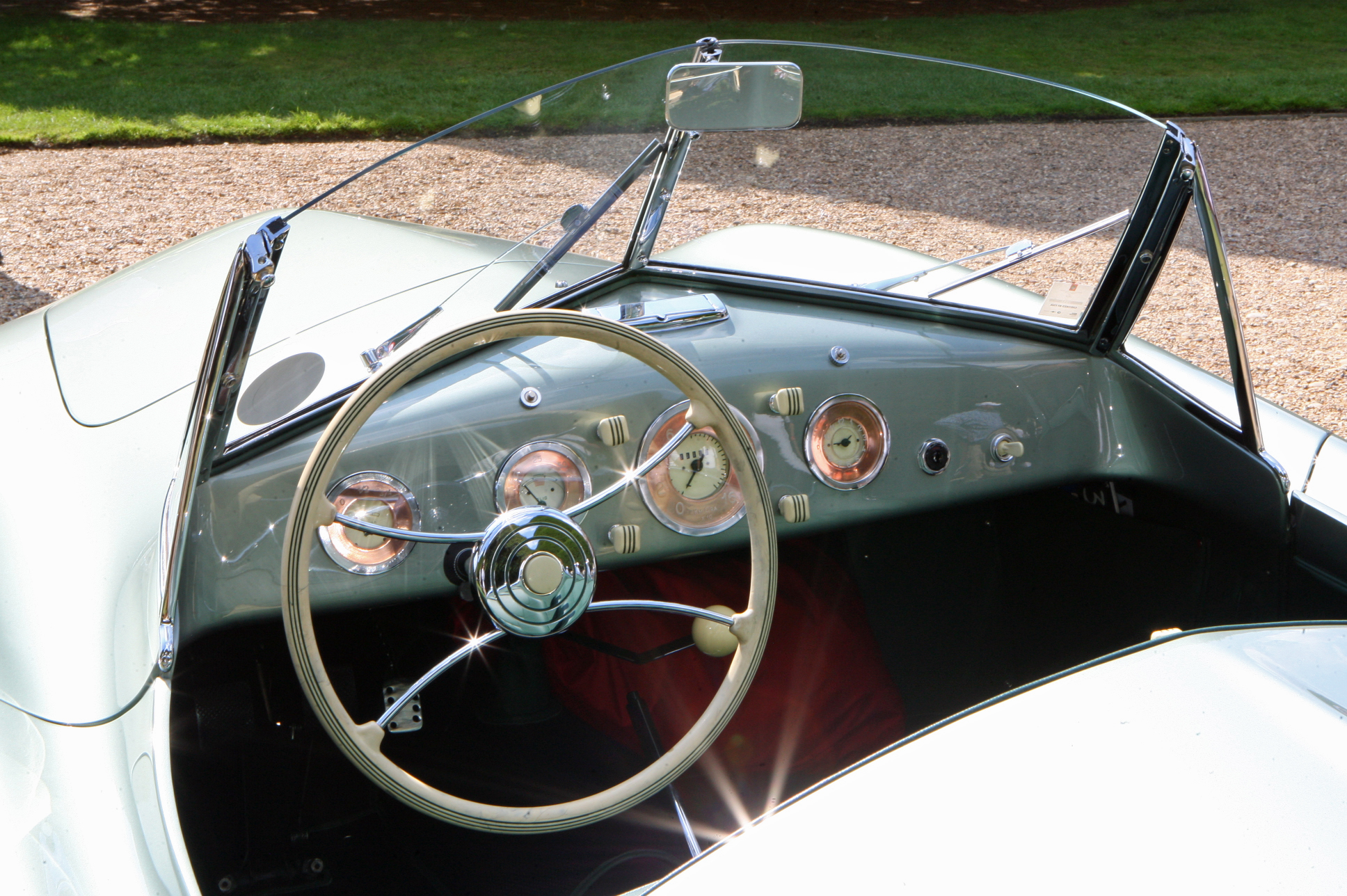
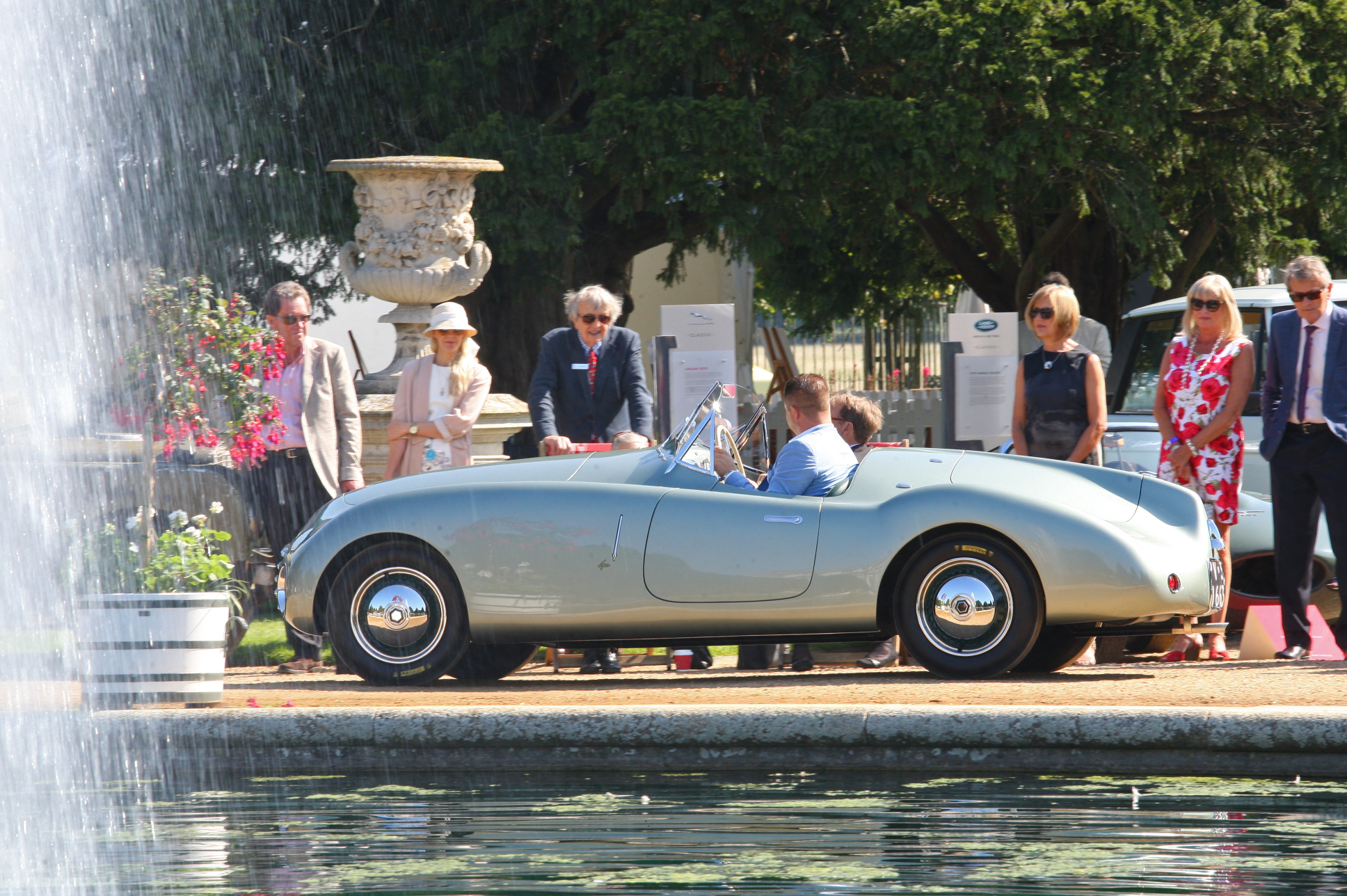
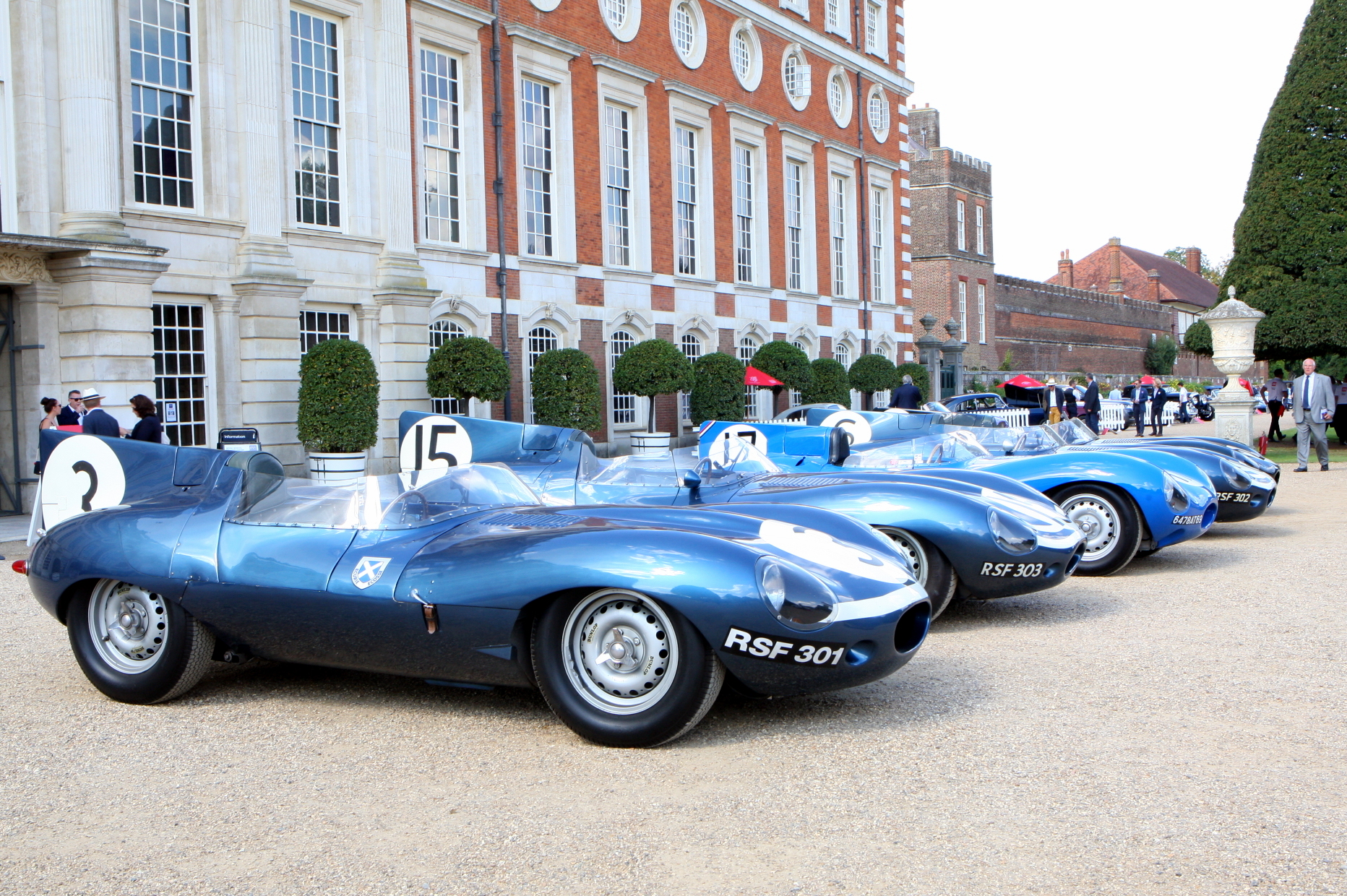
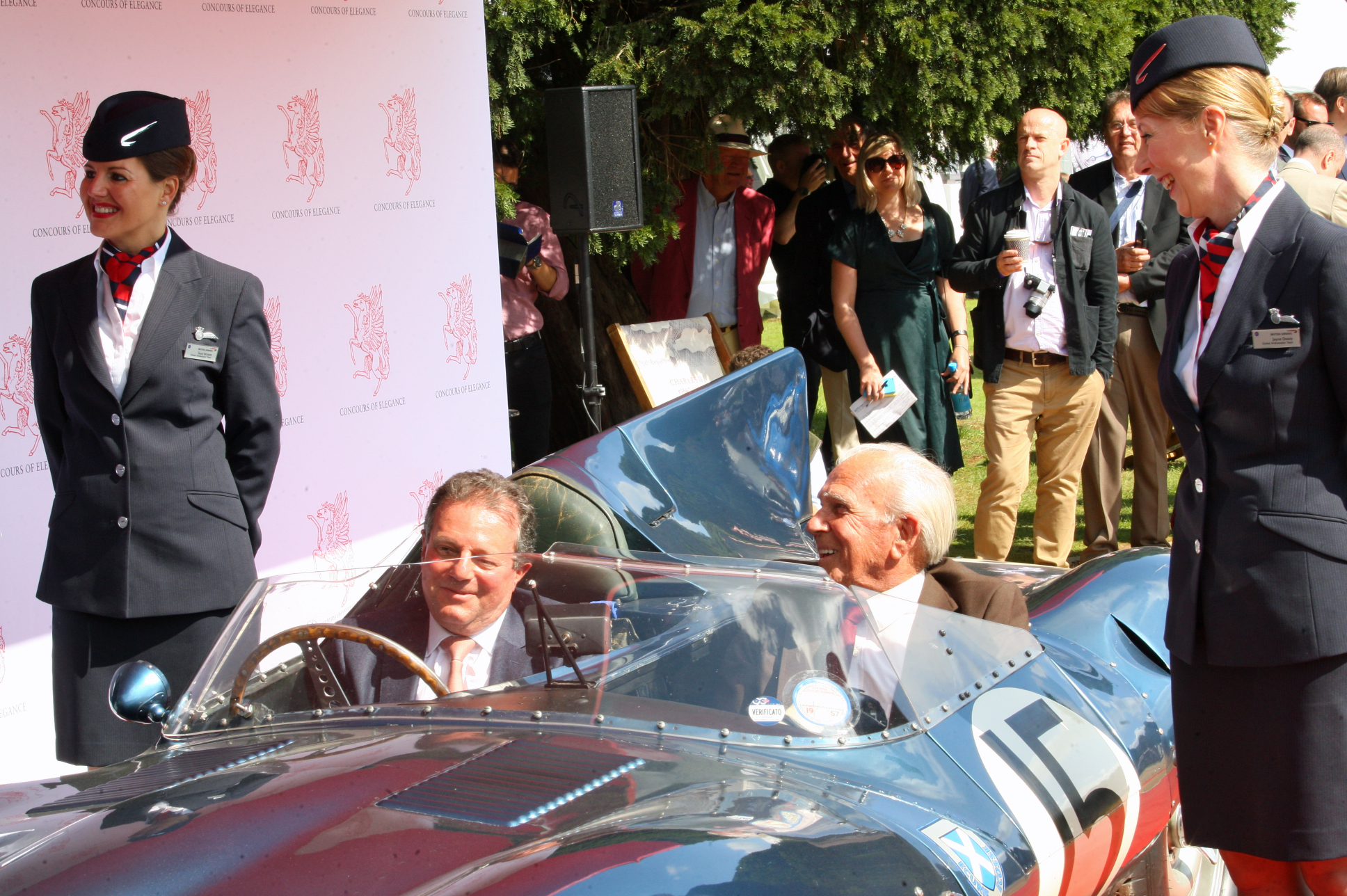
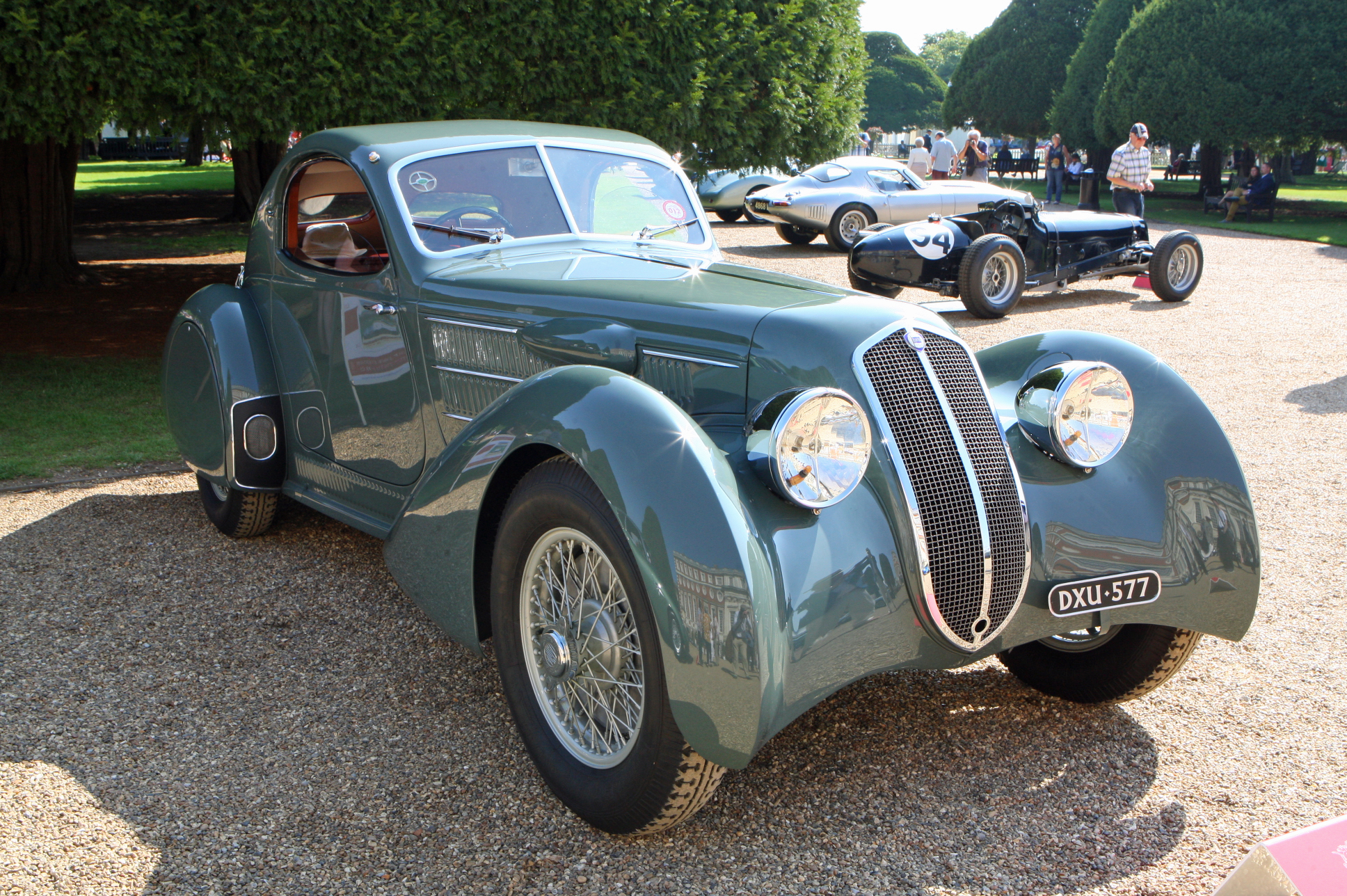
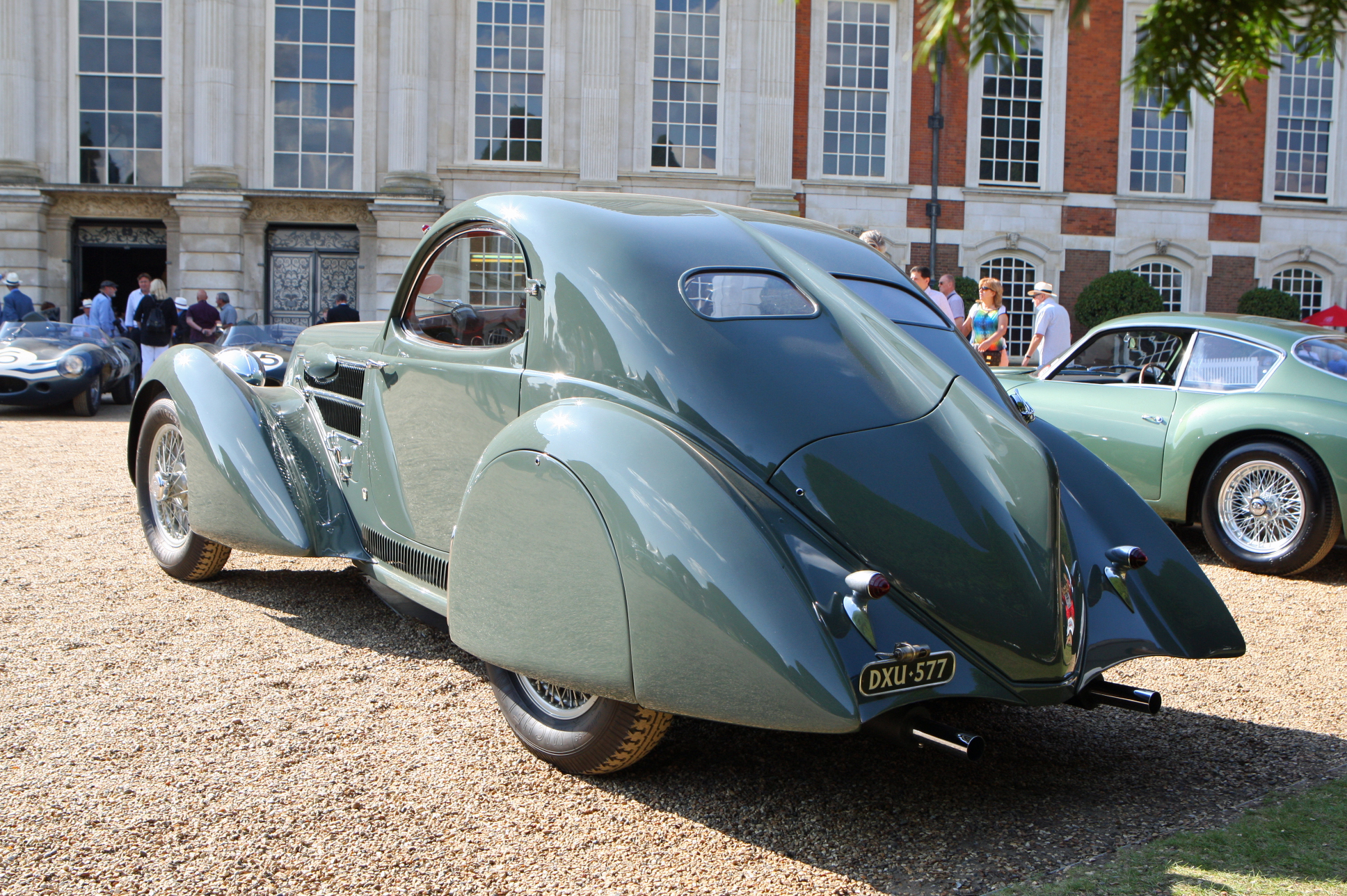
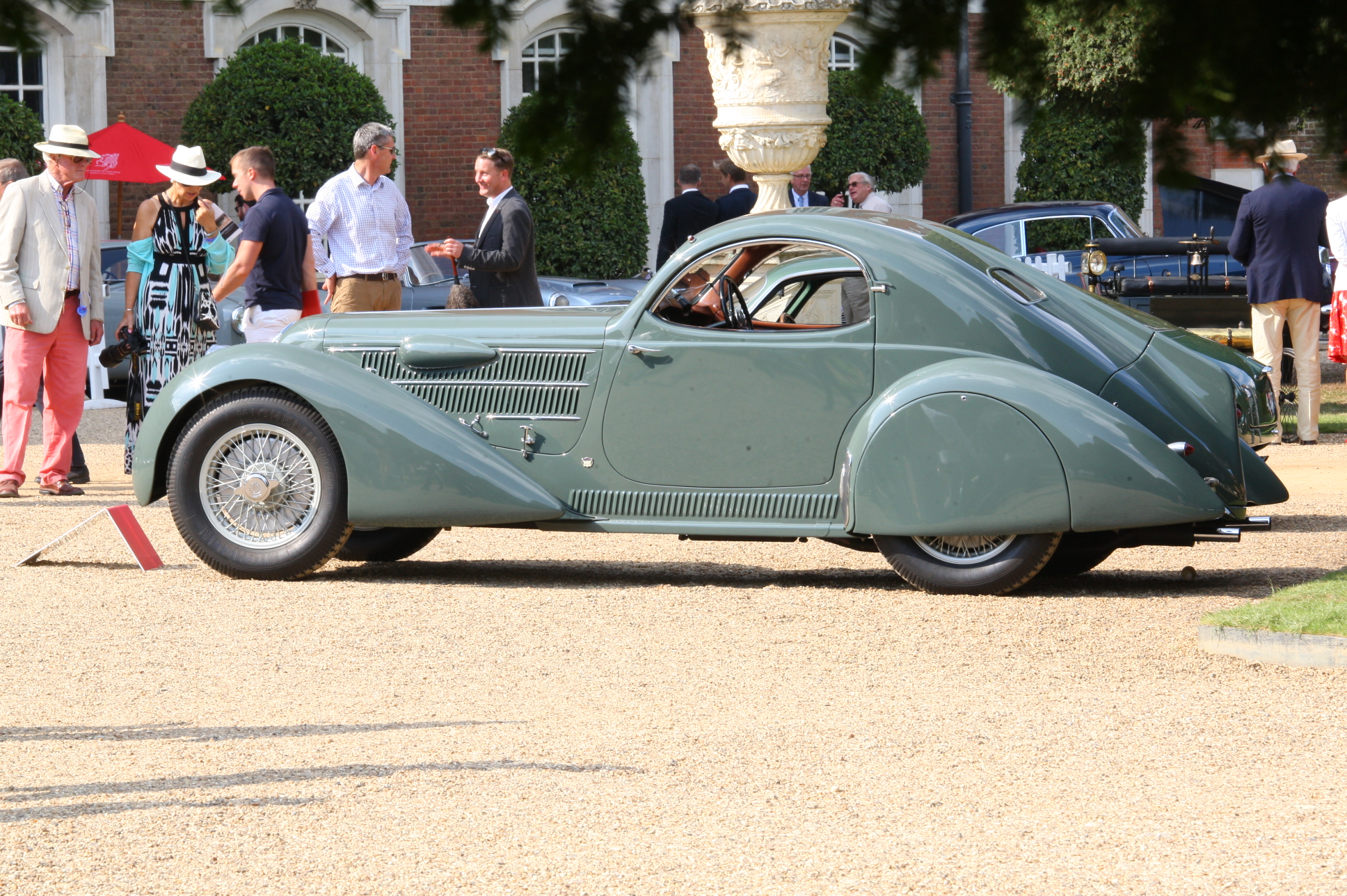
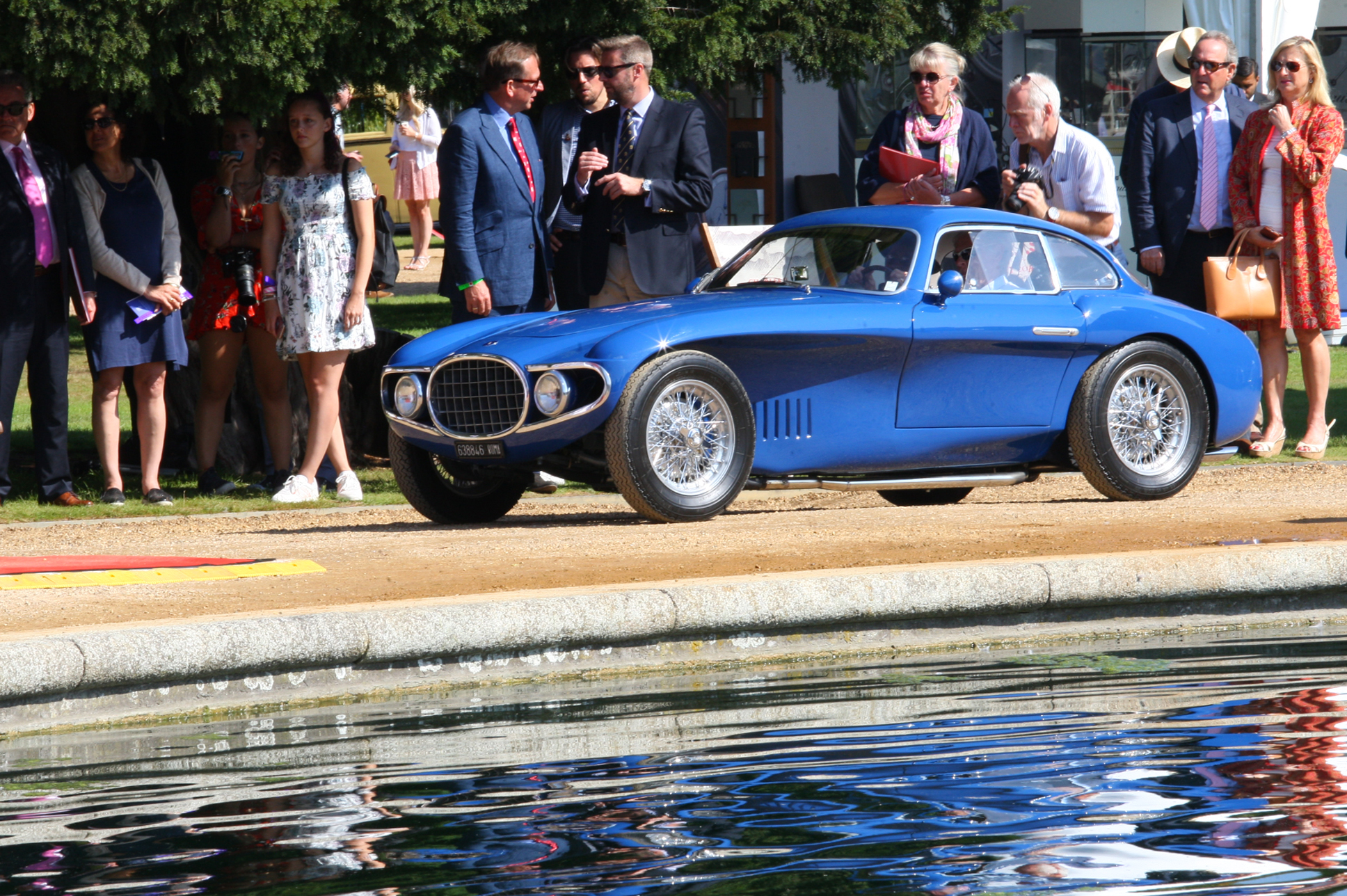
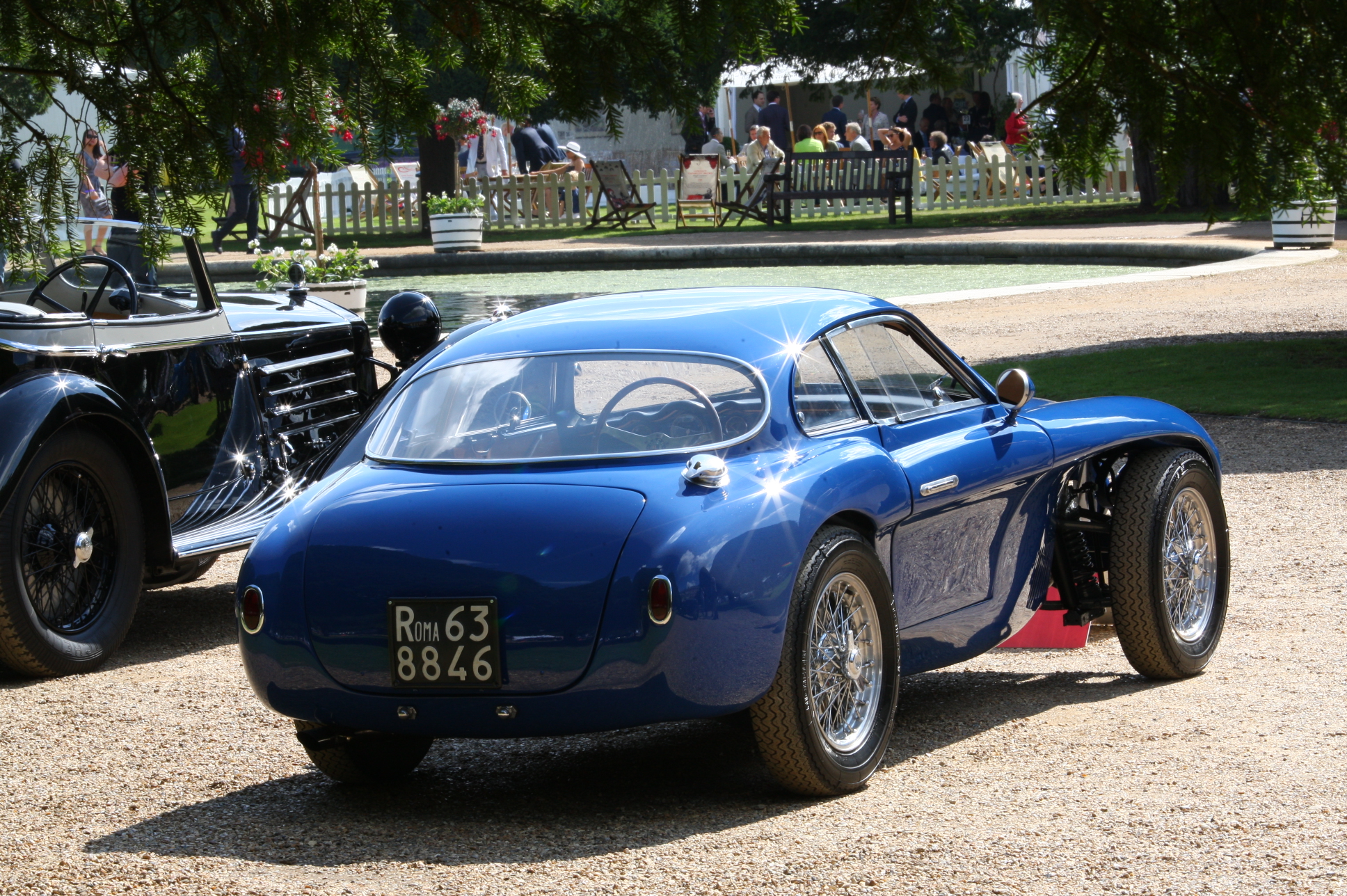
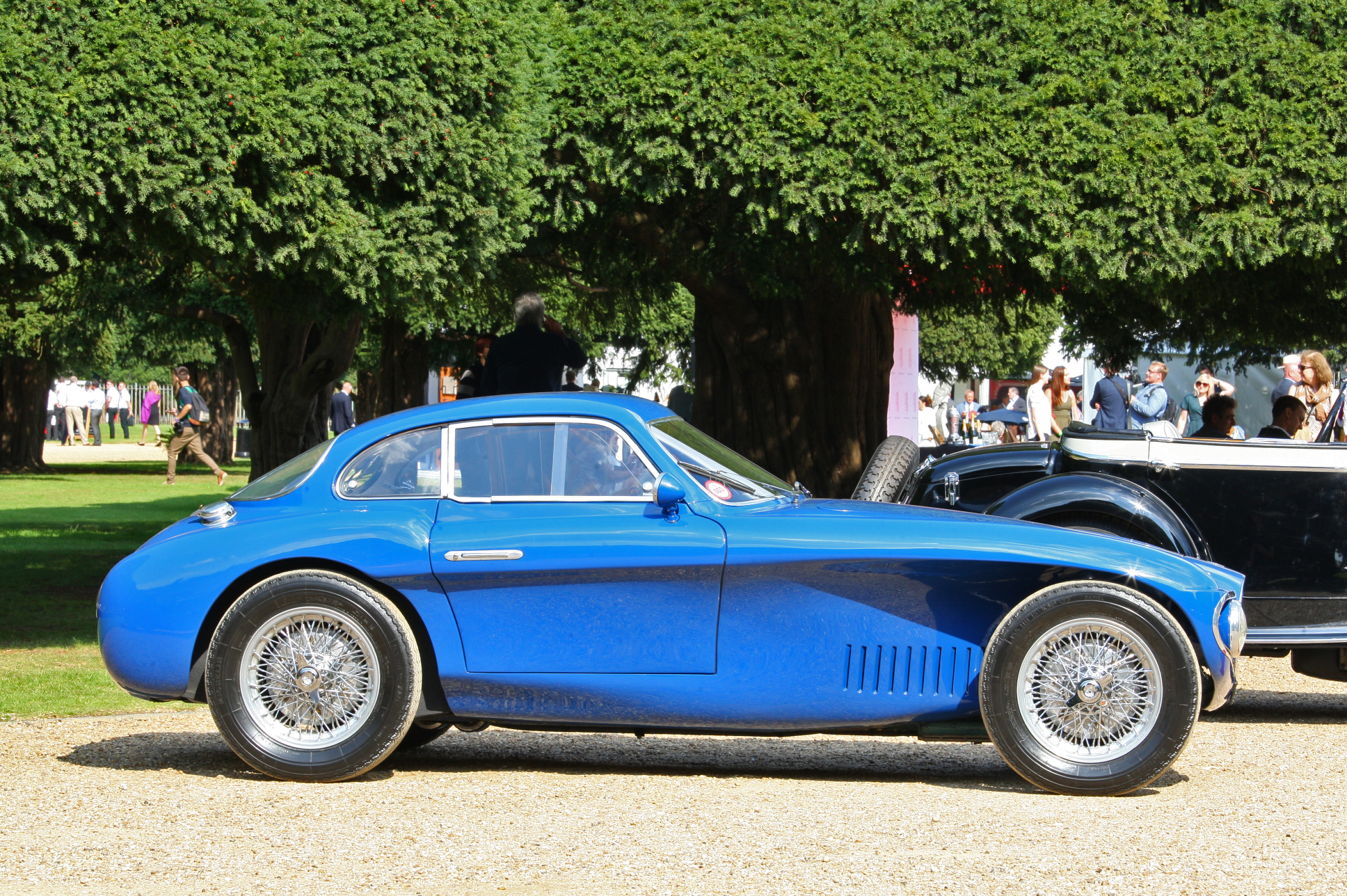
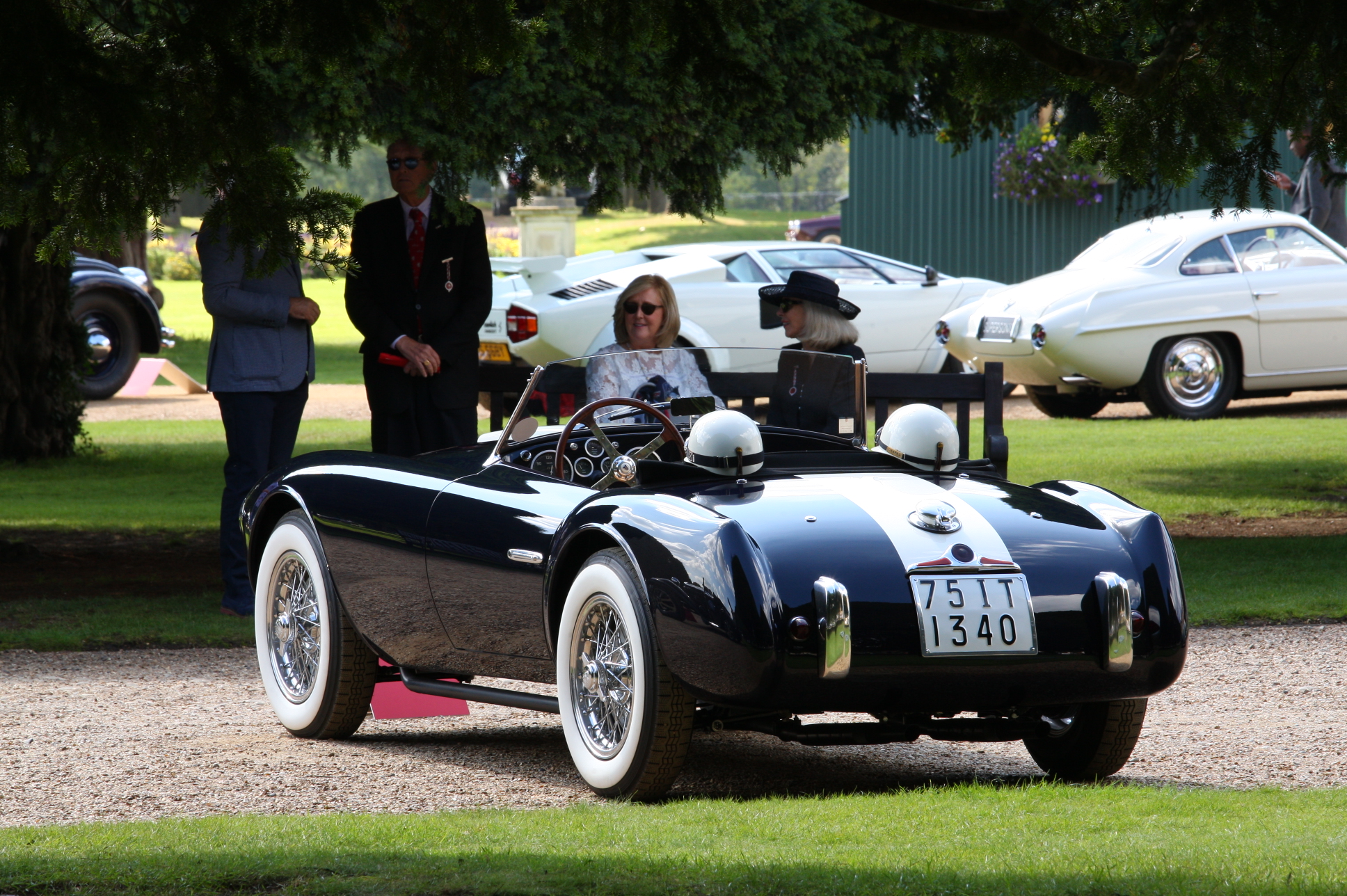
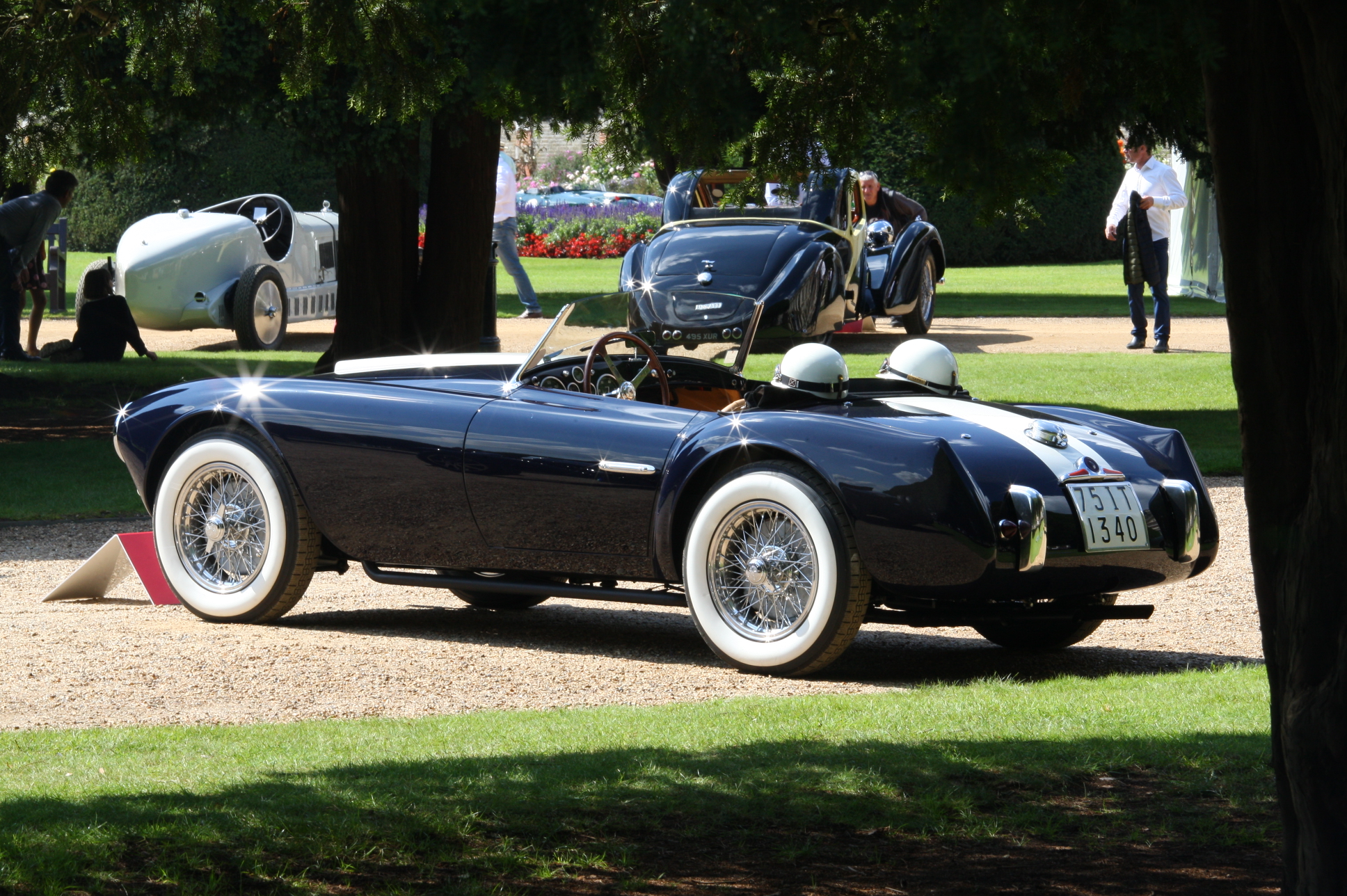
This is a wonderful selection–much different and more varied than the usual collection of Ferraris and Porsches. The one concours I felt sad to miss, and so much more interesting than Monterey.
Excellent selection of fine motorcars.
A few French spelling errors you can correct,
Osca Vignale:
Pierre Louis Dreyfus, ( not Louise)
Siata 208:
Enghien Les Bains ( not Baines)
Thanks Marc, will correct!